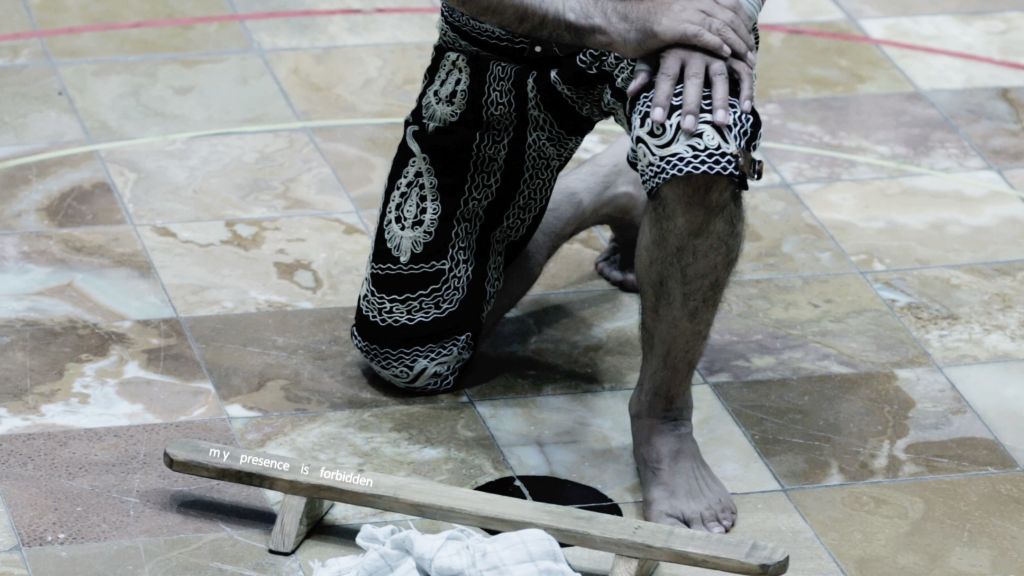European Competition '18
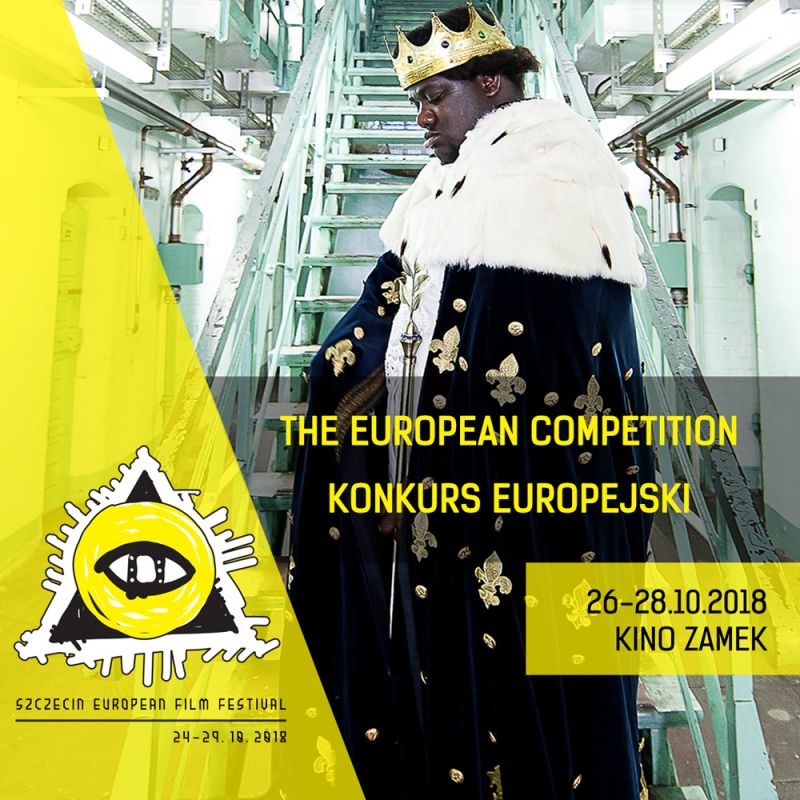
This year’s European Competition, which is yet again marked by the bar set very high, will feature 24 productions by filmmakers from 17 countries. The films were all finished between 2017 and 2018. The films’ diverse themes reflect the multi-layered issues of today’s world. All of the titles deserve attention. They are unique, bold in their content, and often cross the boundaries of classic documentary cinema. As always, screenings of the competition films will be followed by discussions with their authors, which is a constant element of the festival. A direct meeting between viewer and director is always an intellectually stimulating experience. The competition includes four German and French films, three productions from Poland, two from Spain, Belgium, Latvia, Austria, and the UK as well as one from Italy, and Iceland. There will also be a co-production, which includes Mexico, Iran, Georgia, Russia, Cyprus, Serbia, and China.
Past events
- 28.10.2018, 17:30 - 02.10.2018, 19:30, Kino Zamek, European Competition - block V
- 28.10.2018, 15:00 - 02.10.2018, 17:00, Kino Zamek, European Competition - block IV
- 27.10.2018, 17:30 - 19:30, Kino Zamek, European Competition - block III
- 27.10.2018, 15:00 - 17:00, Kino Zamek, European Competition - block II
- 26.10.2018, 17:30 - 19:30, Kino Zamek, European Competition - block I
Filmy poprzednich edycji
- 14:26 CEST15’
The poetic observations of an Italian mountain village allow the viewer to enter another time zone. A place where the repetitive approach of time is influenced by the magnificence of the environment. There is nothing more expected than what exists, which creates a kind of meditative cycle of time, pace and actions.
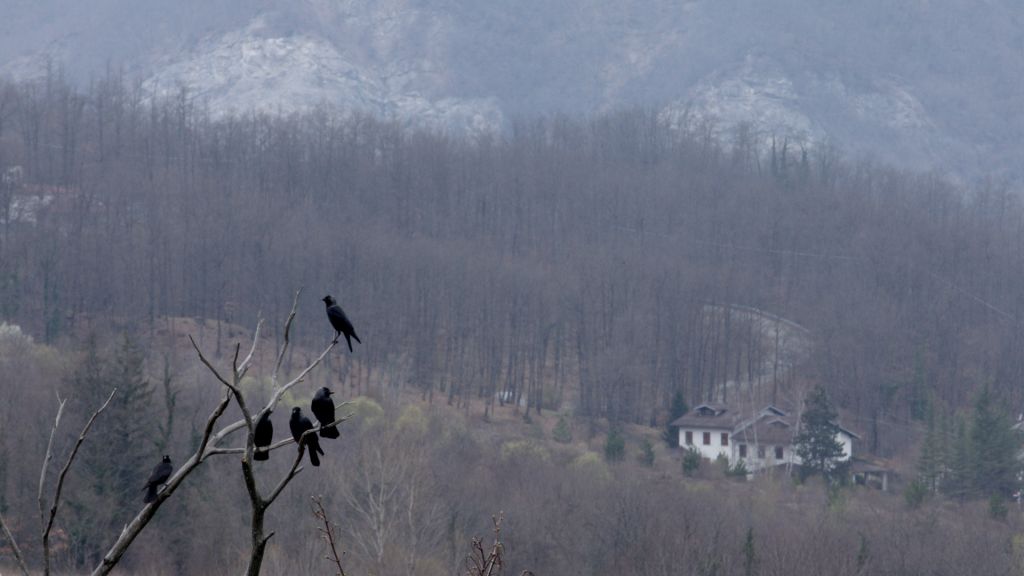
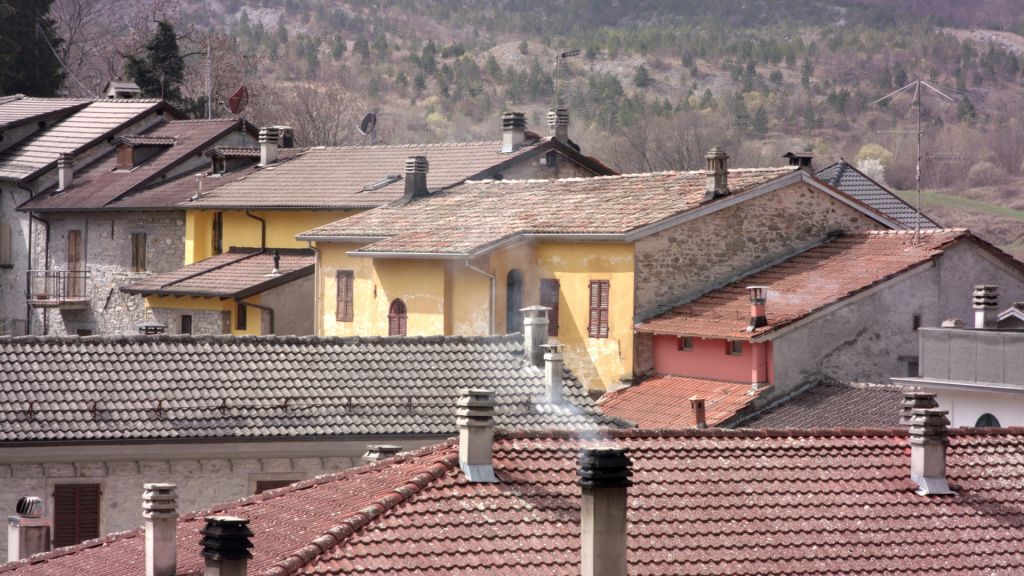
read more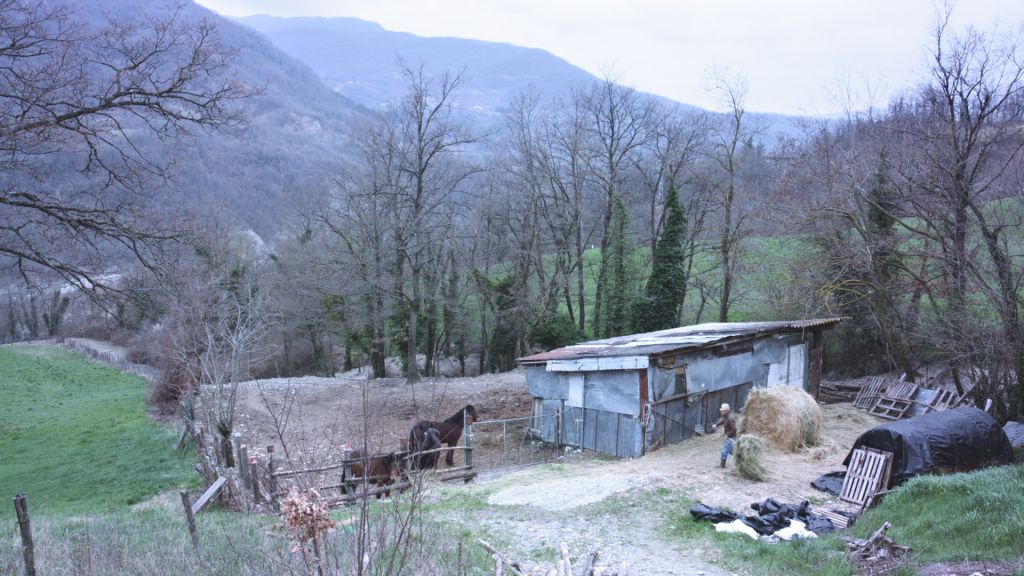
- 5 years after the war16’
How does one grow up between an absent Iraqi father and a pervasive Jewish mother? Tossed around by the great upheavals of the modern times, Tim tries as hard as he can to find his place in the world.
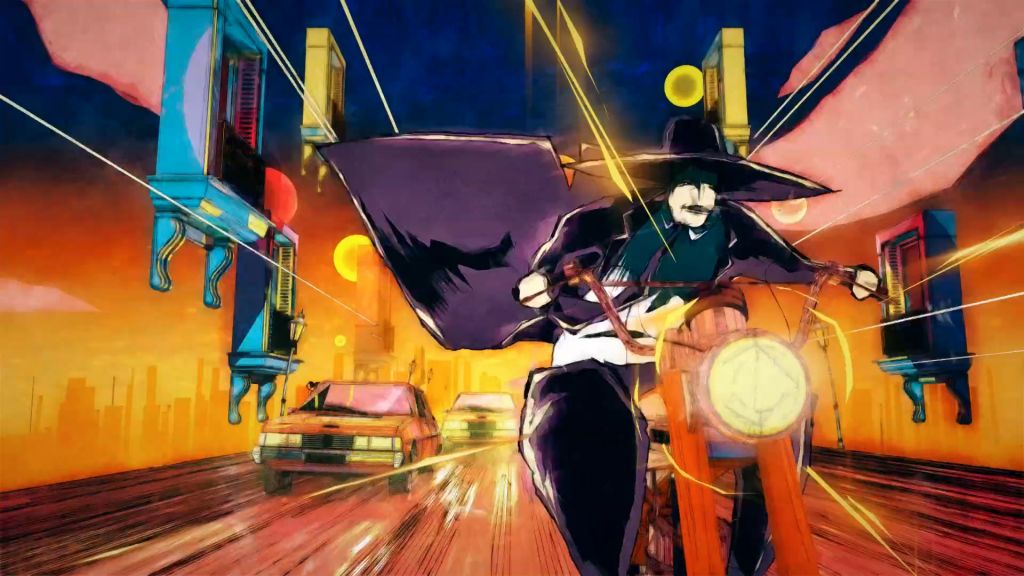
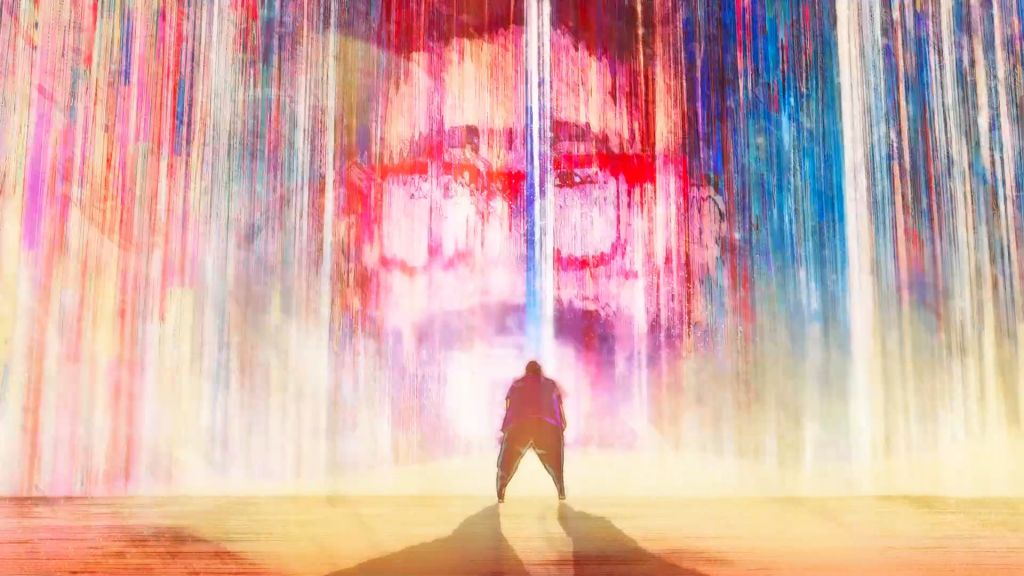
read more
- A God's Shadow19’33’’
Chon, a member of the Native Mexican Wirrárika community, tells the story of his cousin Faustino, son of the shaman of an indigenous settlement in the mountains of Nayarit called La Mora. In the 1980s Faustino had proclaimed himself to be god and the community‘s spiritual leader. Together with an armed group he menaced and terrorized neighbouring villages. When Chon witnessed his cousin kill members of their own community, he escaped La Mora and reported the incidents to the police of the larger village nearby, Santa María del Oro.
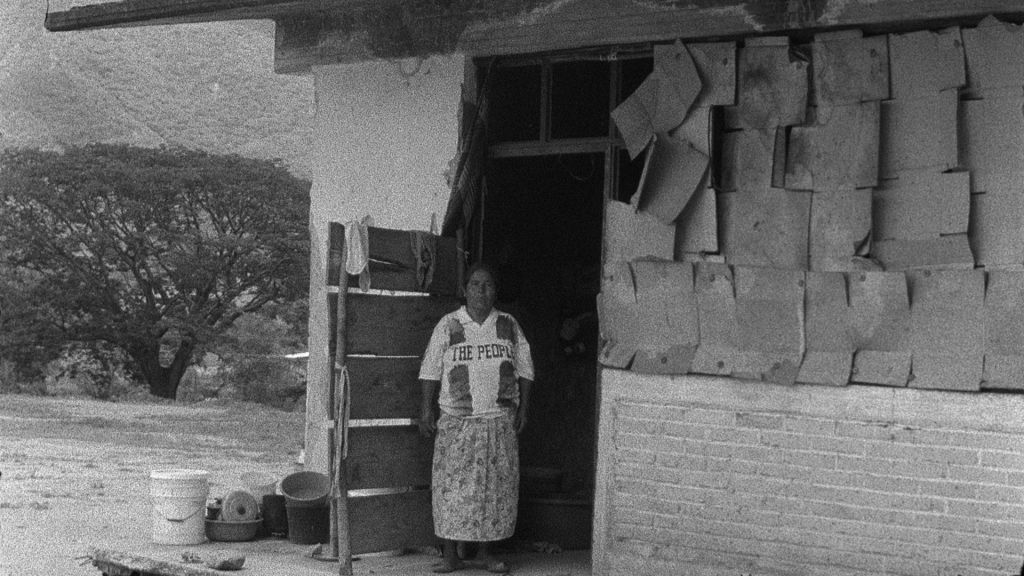
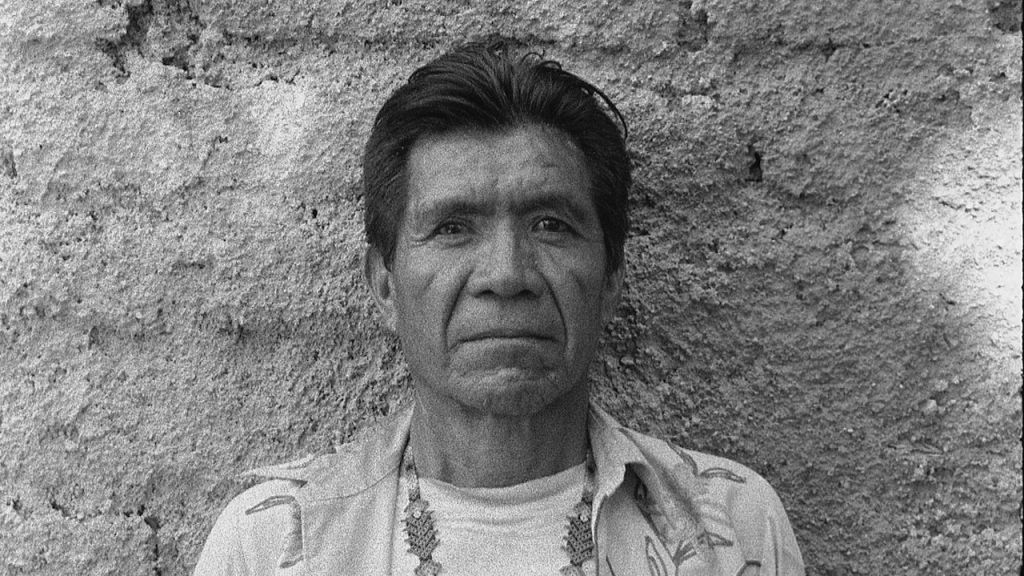
read more
- Absence2’ 53”
Production: UK 2015
The film, adhering to horror aesthetics, talks about the mourning of a mature man who lost a loved one. Starring Paul McGann, British film star from the '80s known for his roles in “The Monk” by Paco Lara, “The Rainbow” by Ken Russell, and “Dealers” by Colin Bucksey.
read more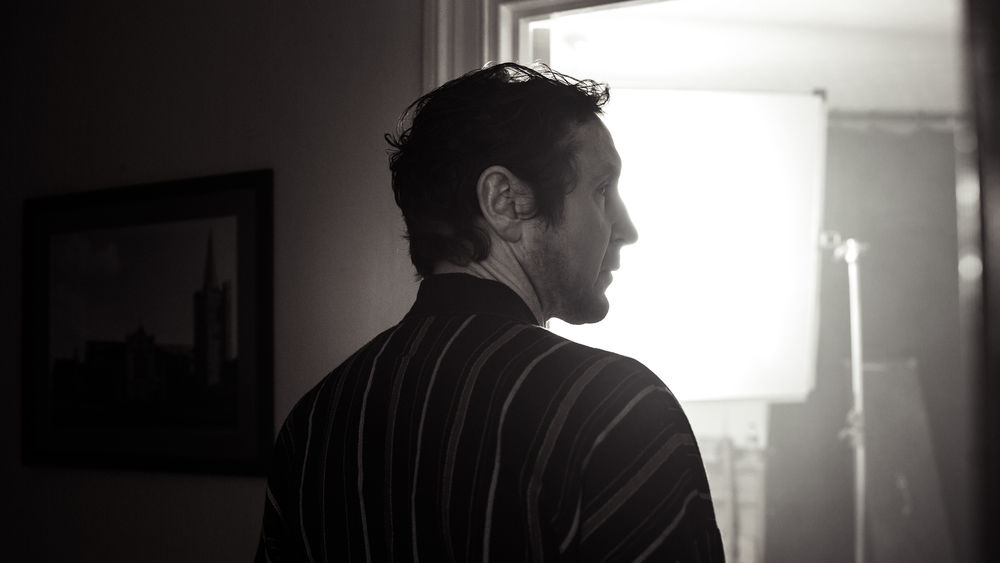
- Elsewhere30’
The film portrays eight men who are serving long prison sentences and attempts to show a differentiated image of the inmates. Centered on full frontal views and direct eye contact with the camera, the men talk about their lives in physical and visual isolation. Animations, conceived of by the inmates themselves, form a second level of the film. The animations depict remote and utopic places as well as the very realistic social backgrounds of the protagonists.
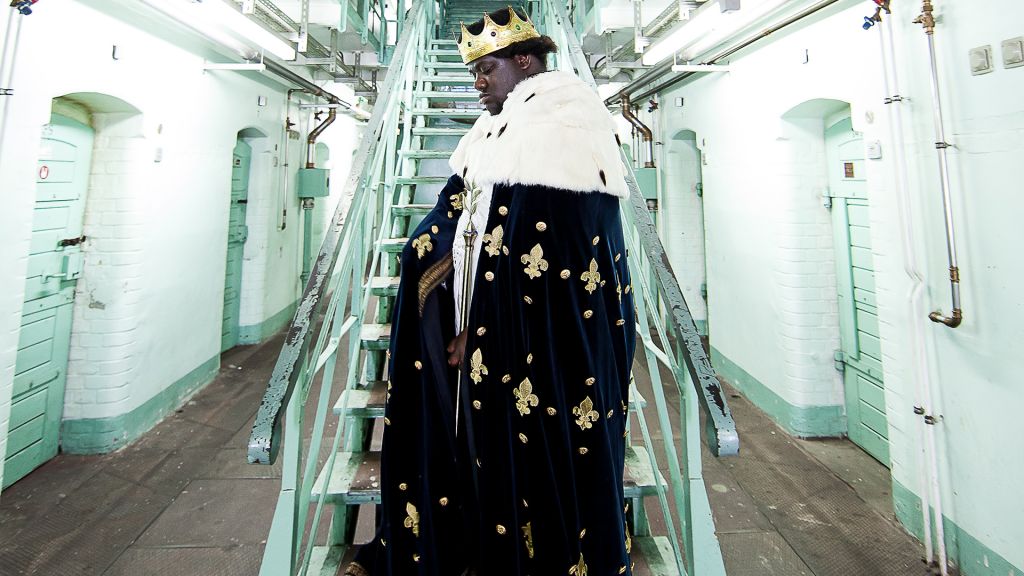
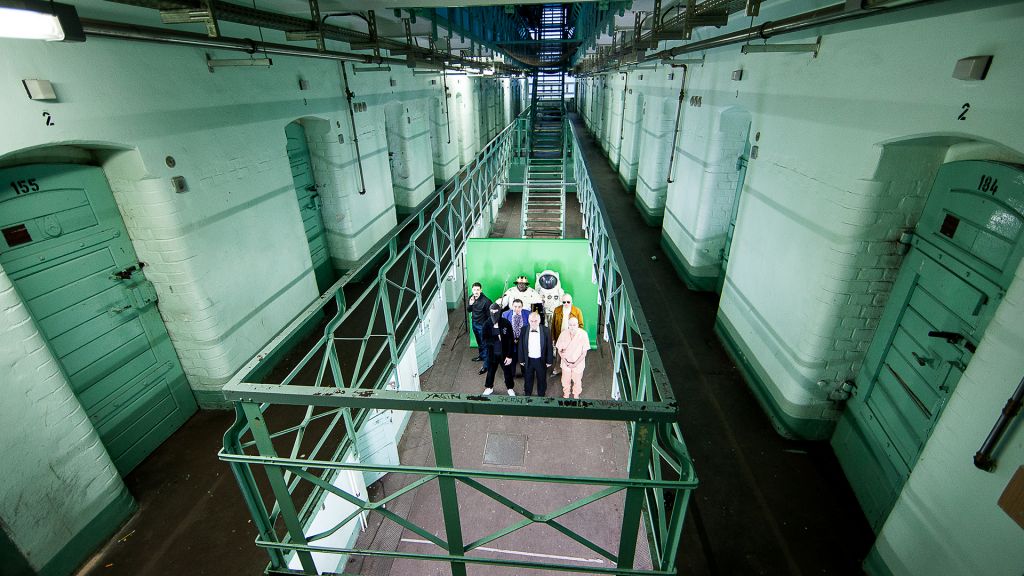
read more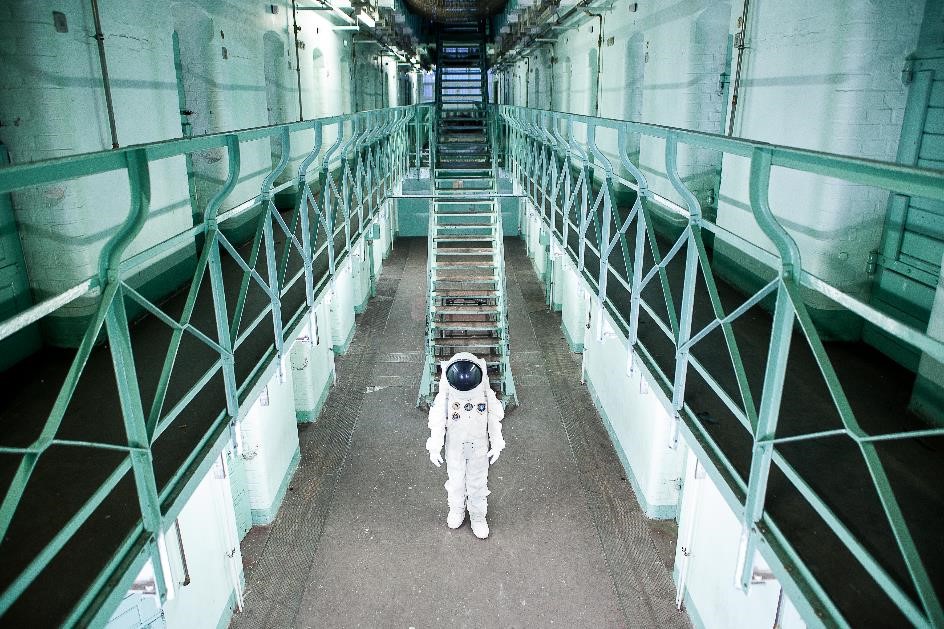
- Anubumin20’
On the tiny Pacific island Nauru phosphate has been mined since 1906. When phosphate extraction came to a stop in the 1980s, Nauru was bankrupt and 80 percent of the land area uninhabitable. Nauru became a prime money-laundering haven. After the disappearance of soil and money, today Nauru involves in the “disappearance of people” – housing one of Australia’s offshore refugee detention centres. Four whistleblowers describe the institutionalised human rights violations in the offshore detention.
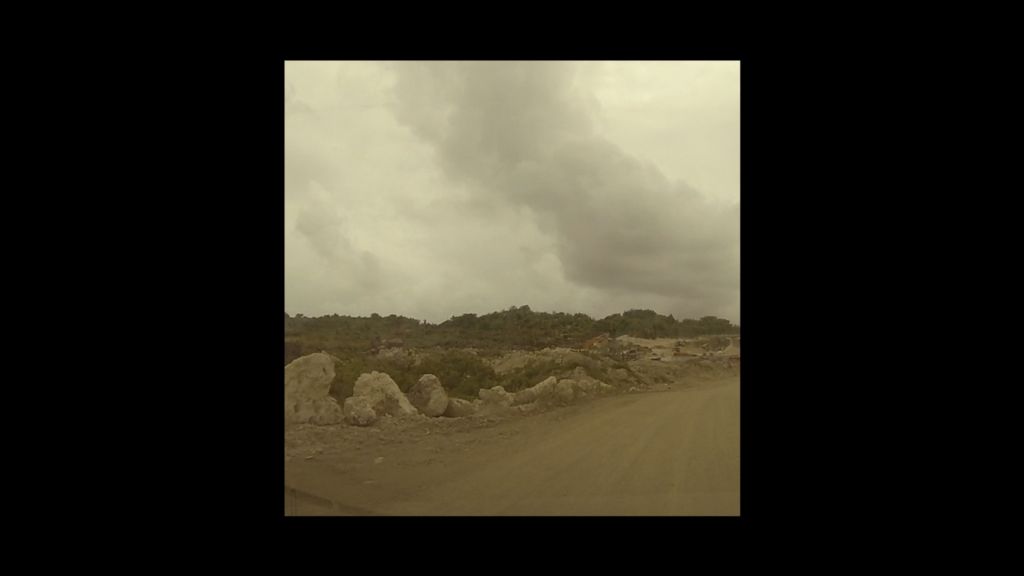
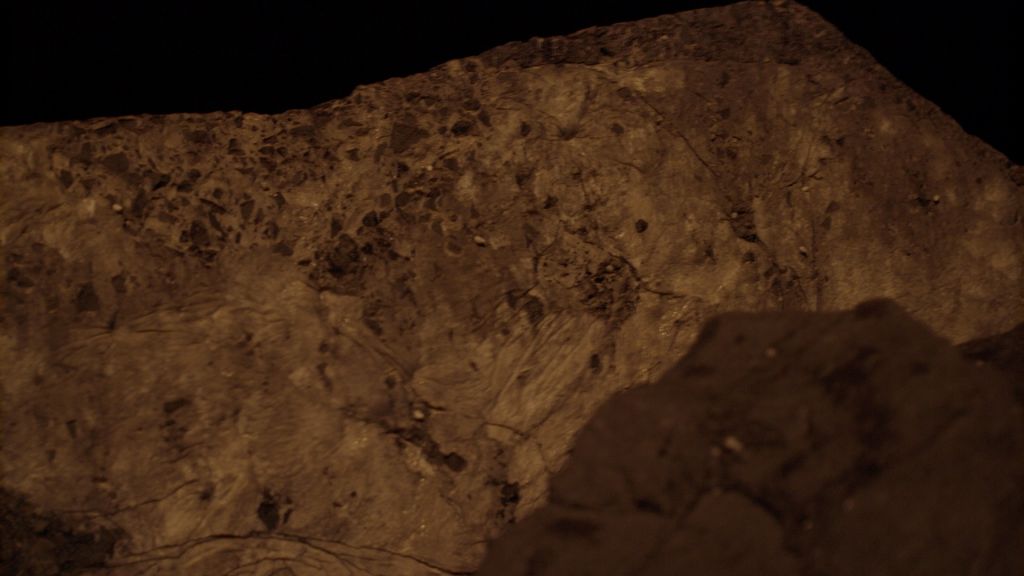
read more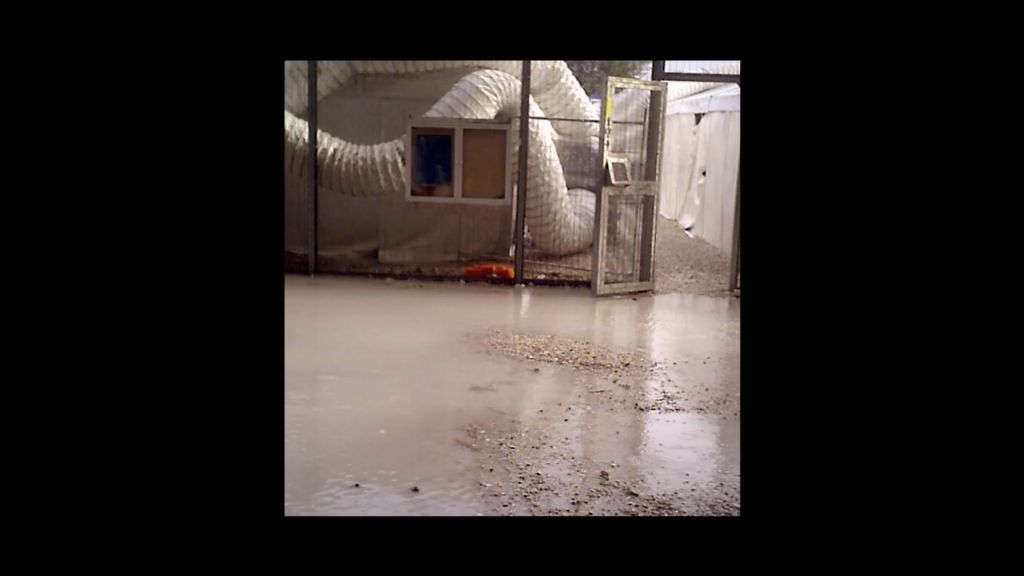
- Carlotta's Face5’
As a child Carlotta didn’t expect the people around her to have faces. She even doesn’t recognize her own face. Years later she learns about a rare untreatable deficit of her brain. It was art after all that offered her a way to finally recognize herself.
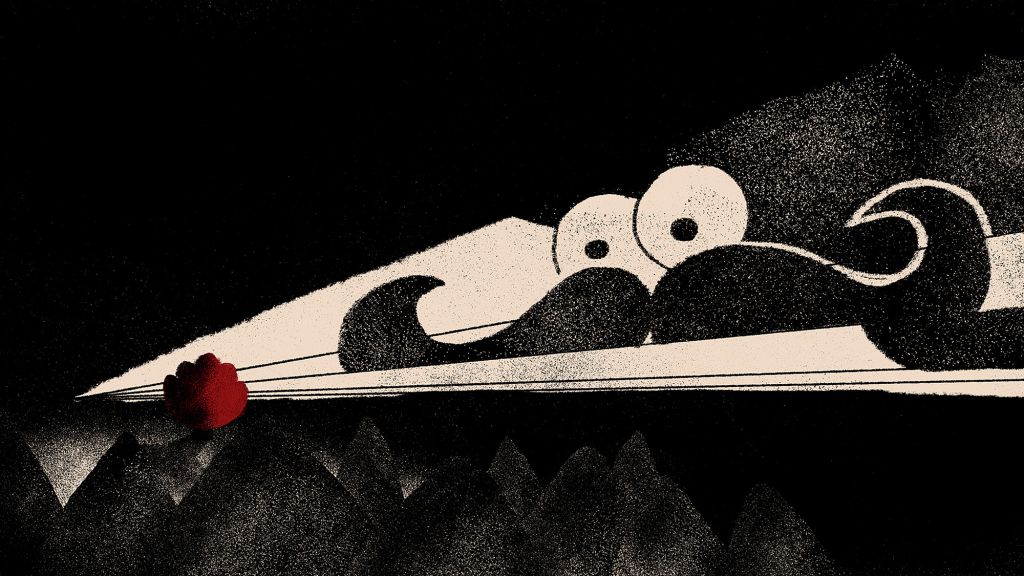
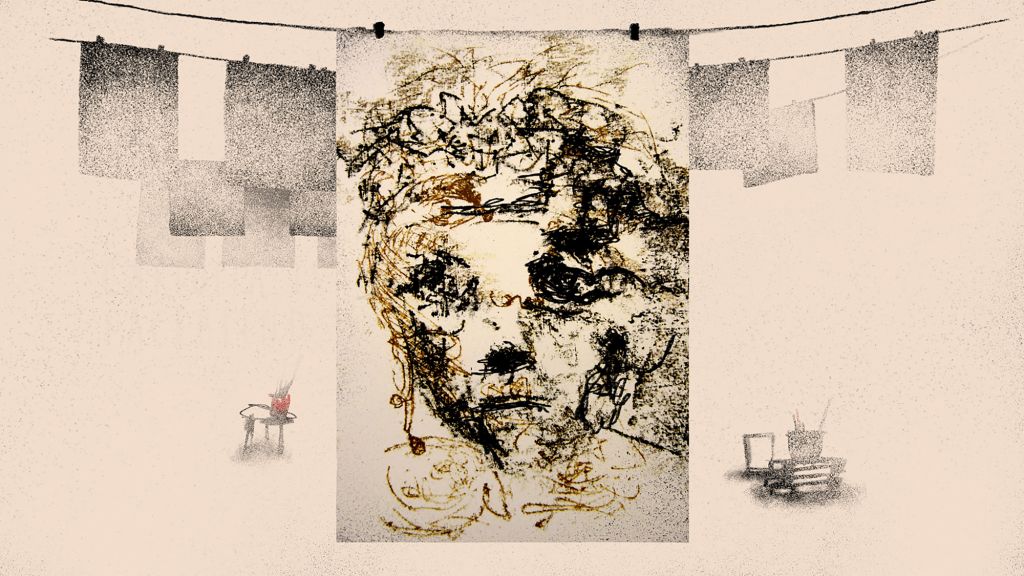
read more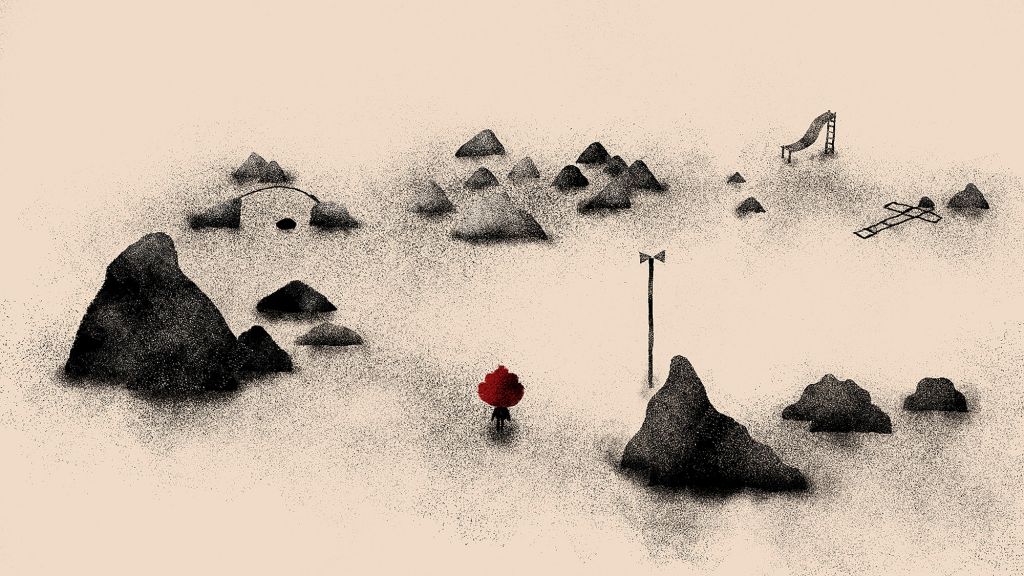
- All I Remembered28’
In São Luís, the summer night keeps falling, full of mysteries and unanswered questions.
- Who's God ? asks the mother.
- It's Georges ! answers the child. What do the grandmother and the friend think about it ?
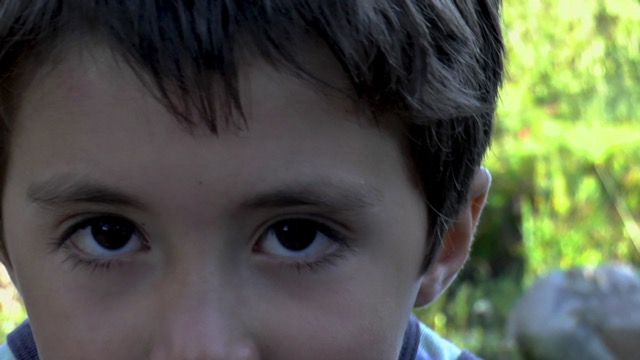
read more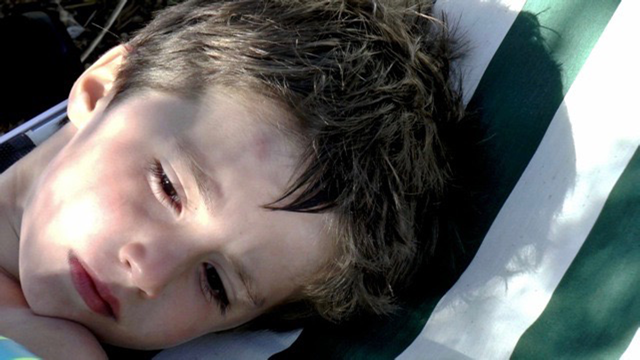
- The Blackgod30’
Sviatoslav Siruj is the leader of a nationalist organization in western Ukraine. Together with his people, he is campaigning to promote an ideology that is in line with the assumptions of the party called the National Corps. Ideological speeches, lessons in schools, marches and protests are the main instruments of his activity. Dreams of being a "spiritual father" for his followers motivate him to fight for a better future of the country. And there is who to fight with. Enemies of the homeland are not only in the east but also inside the country and in the west. The proper future of Europe, according to Sviatoslav, can only be ensured by Ukrainian nationalists. The fight is already underway. Because "there is no right and wrong, there is only justice."

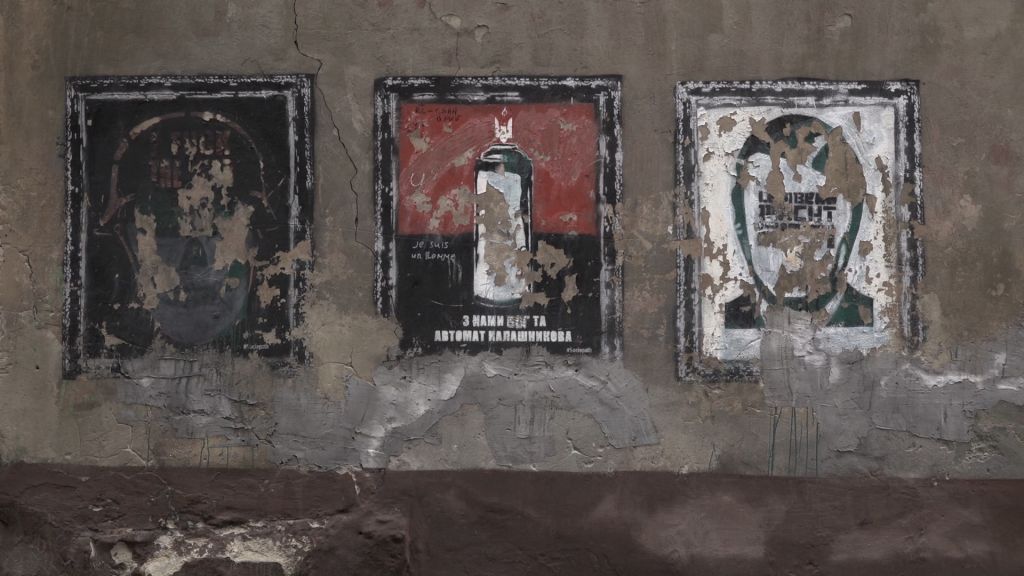
read more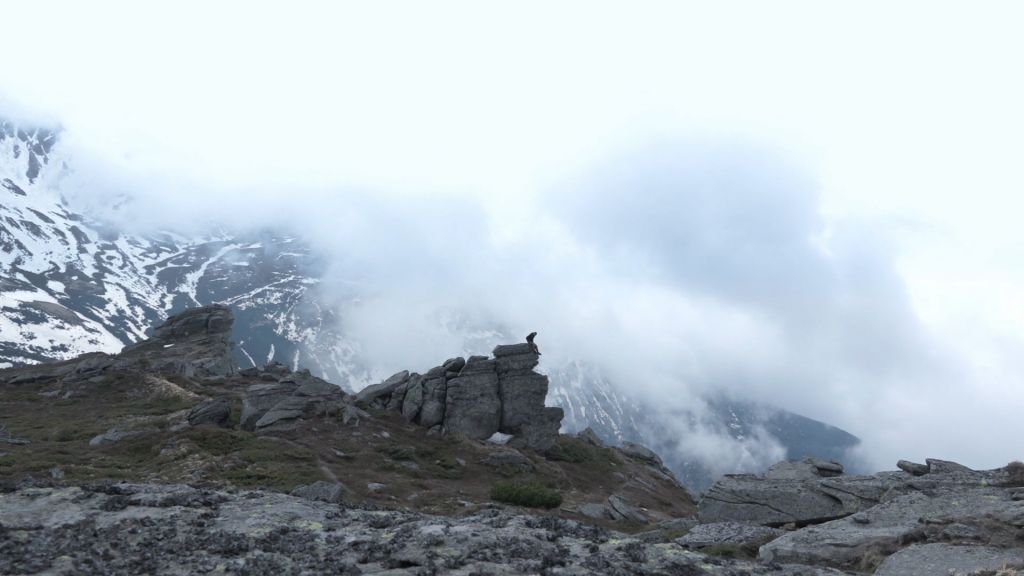
- Eastward Go12’20’’
In traditional Chinese culture, the Chinese are not afraid of death, but they do care a lot about the world which the deceased would be living in. The Chinese hold the belief that the deceased world functions same as the real word, you still need to make a living and money is the basic necessity. Hence each year the Chinese would burn fake money, a kind of notes that filled with borderless imagination. Burning the ghost money, calling their names, the money would go with the wind and be delivered to the deceased. Then they won’t suffer in that world. Meanwhile the path that bonding these two worlds is not easy to go. Not to mention burning your ghost money in Europe, how can it travel all the way to China and what adventures would it encounter?

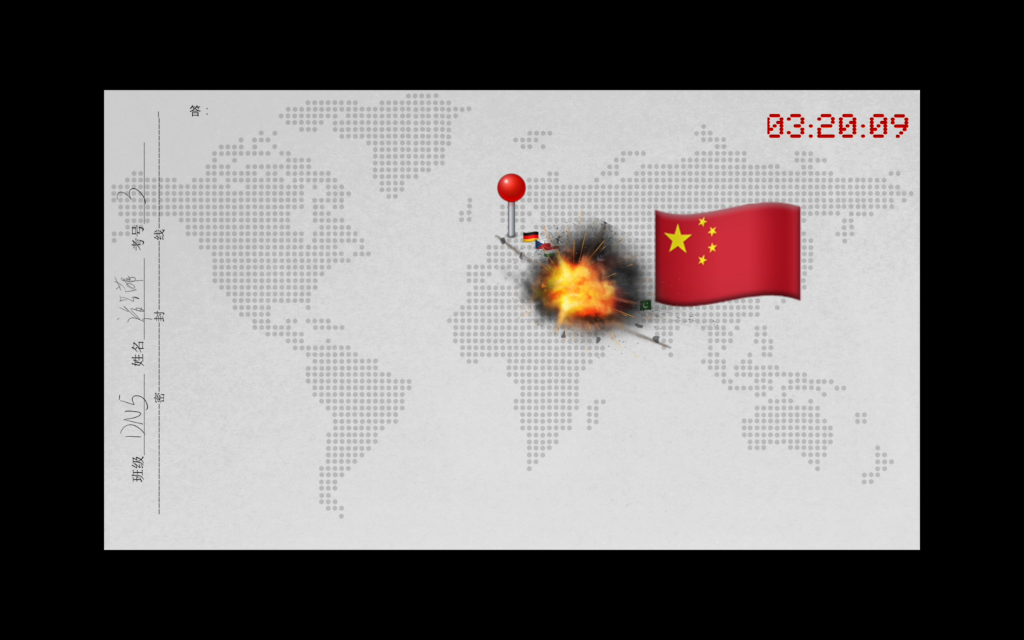
read more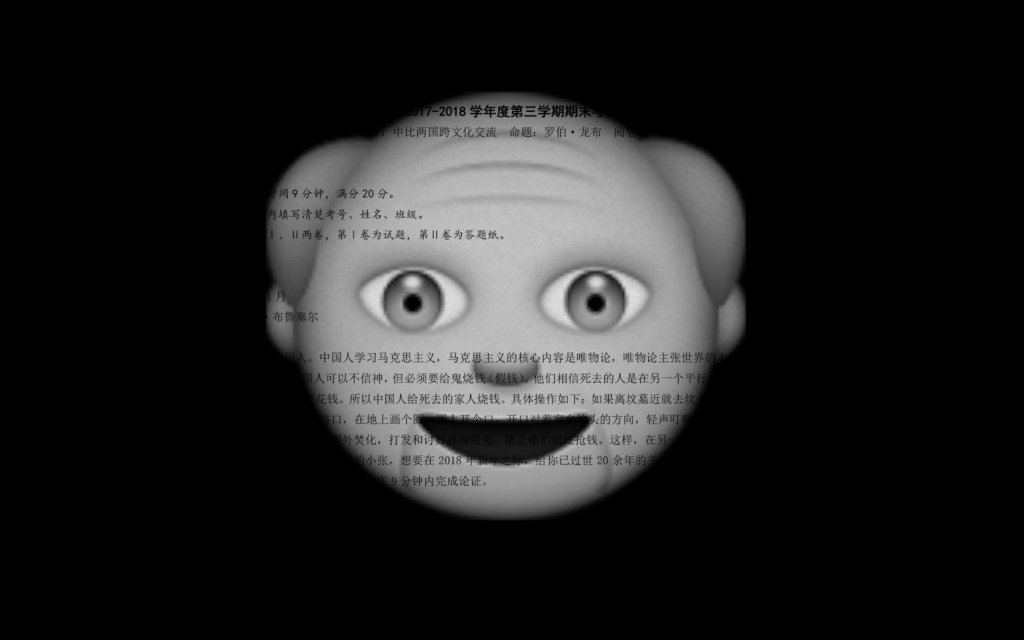
- Gold in the Ashes24’
A former employee returns repeatedly to the abandoned factory he worked in for years. As we watch him go through his strange ritual in the work clothes he used to wear, we follow him down the labyrinthine path of his memories.
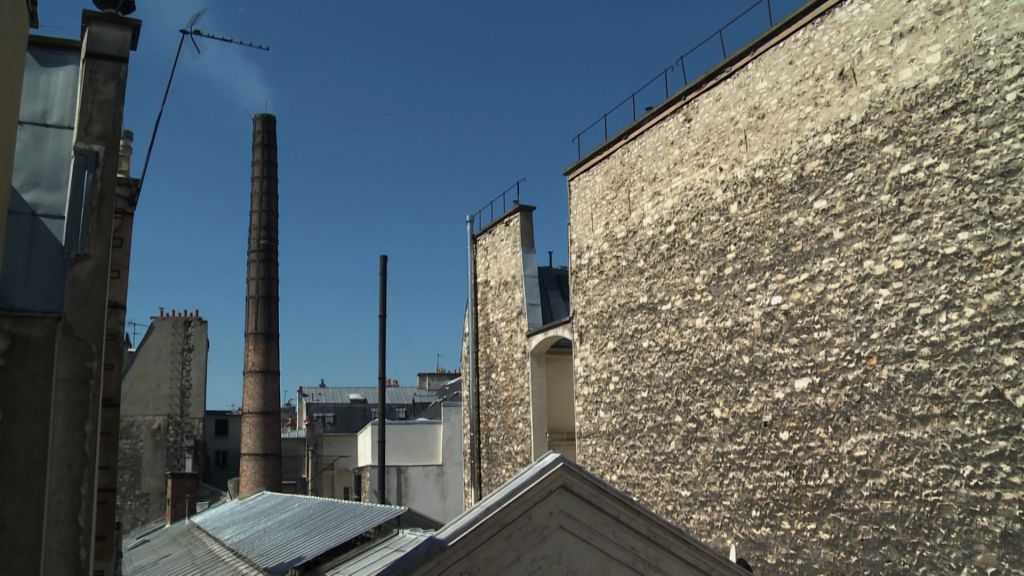
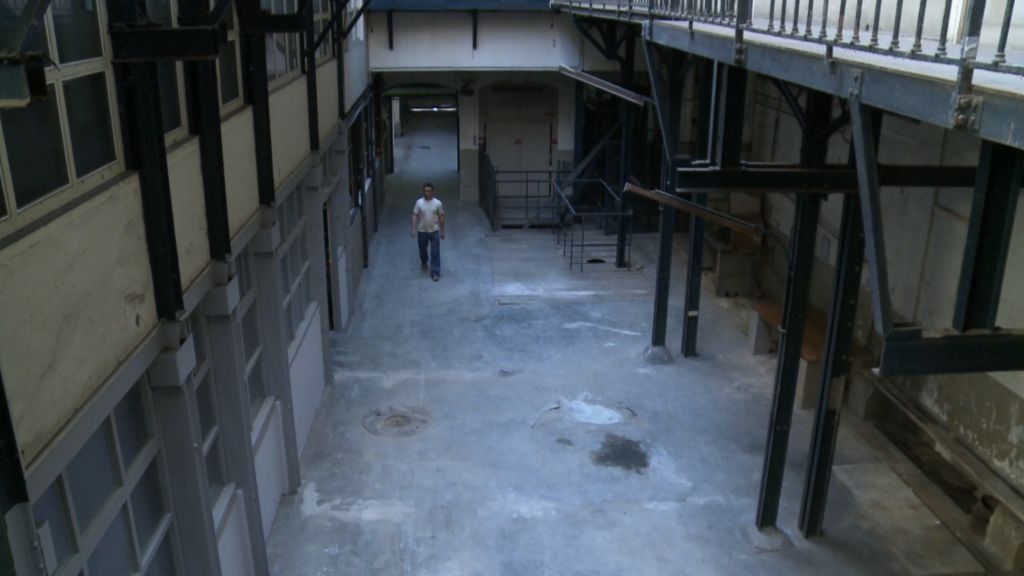
read more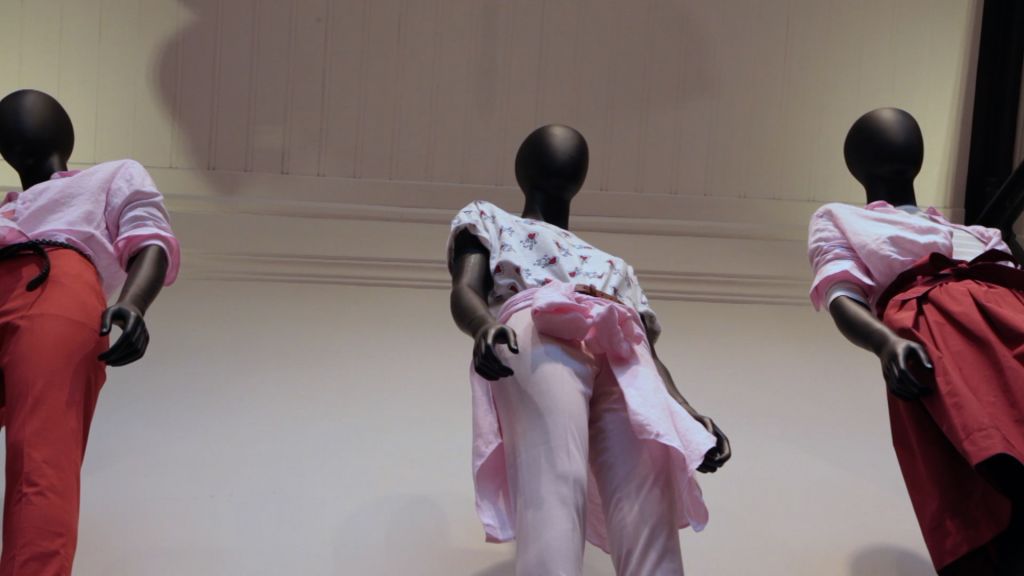
- HIPPOPOETESS53’
Hippopoetess is an experimental animation-based film that tells the story of the American writer Amy Lowell and her desire to succeed in a world dominated by men. My personal story as an artist overlaps with that of this great poet born in Boston in the late nineteenth century, challenging space and time: her intellectual fury, her stubbornness, her ambition and the obstacles she had to face. In particular, the film deals with an unpleasant theme as old as the world: body-shaming against women; Amy was not beautiful, she was overweight, and this physical peculiarity was used to scoff her, right in the intellectual circle of the men poets she frequented. They called her Hippopoetess, so to say hippopotamus poetess.
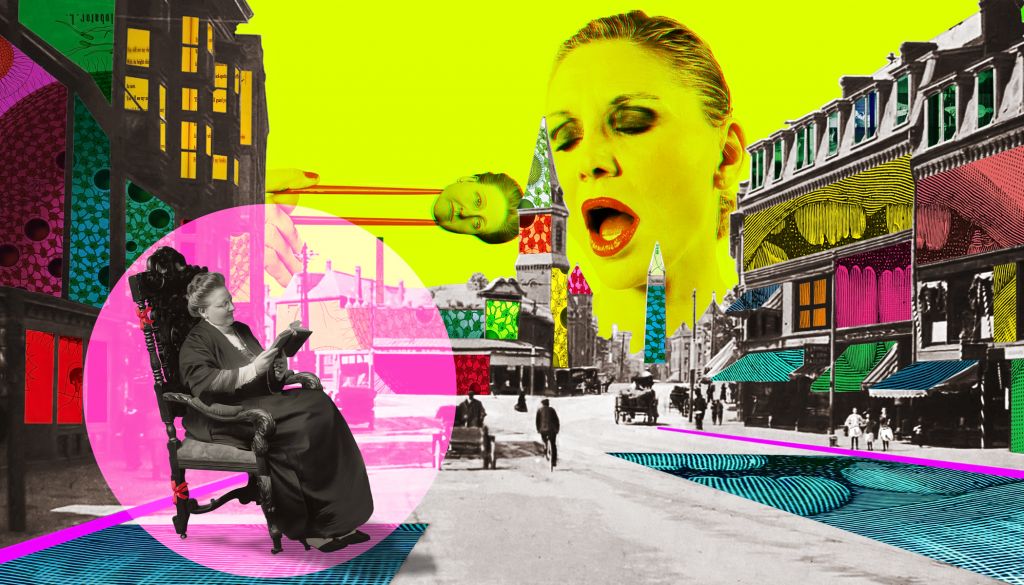
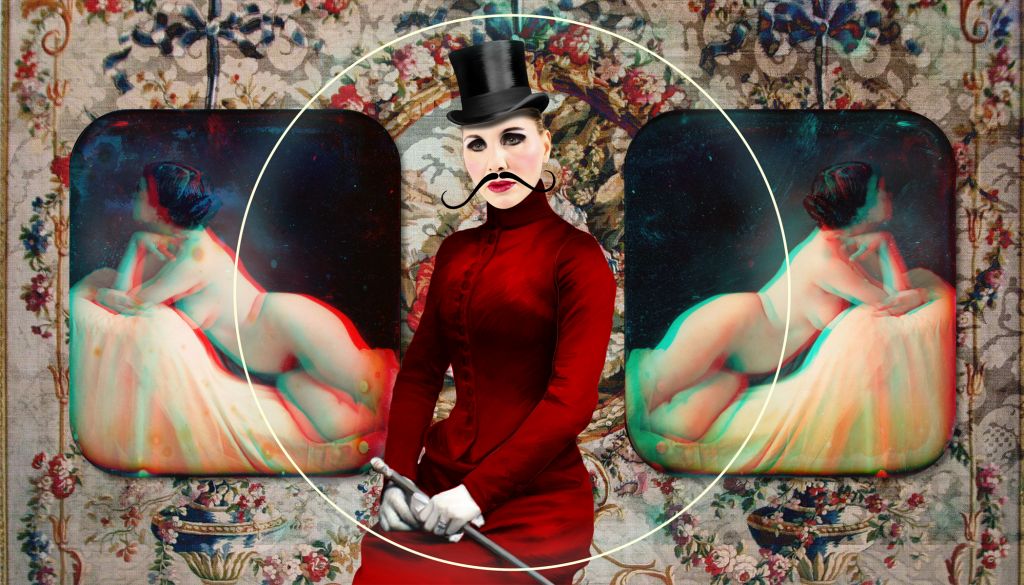
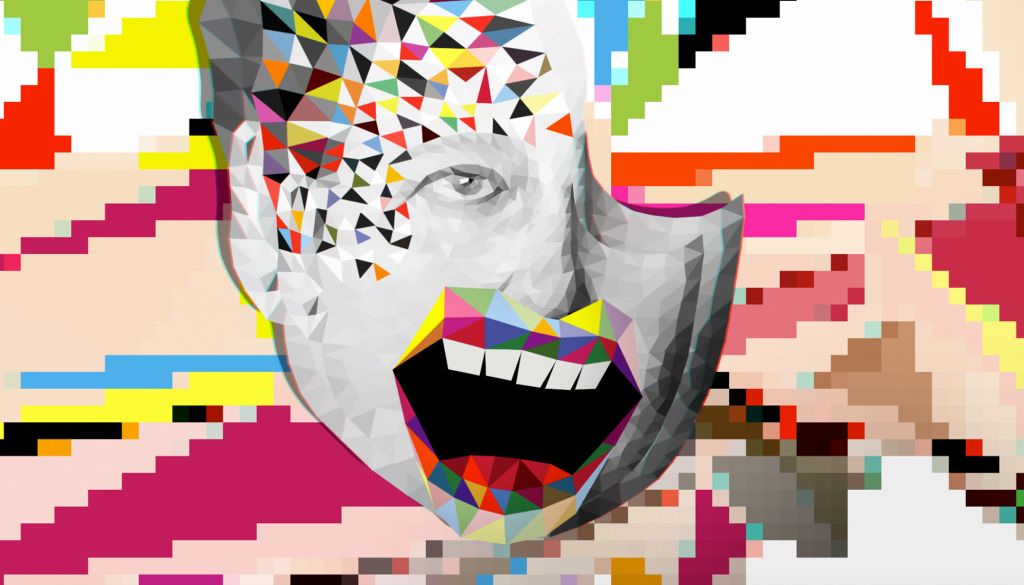
read more - Lidija37’
A person's face and eyes preserve experience better than any document or recorded memoir. Particularly if a person has experienced as much as the well-known dissident Lidija Lasmane-Doroņina. Actually, she does not even think of herself as a dissident. She received her three terms in prisons and labour camps – fourteen years in all – as punishment not for underground struggle but for daring to remain true to her principles, convictions and faith. Her eyes are bright even today, at the age of 91, and they look at this world full of life.

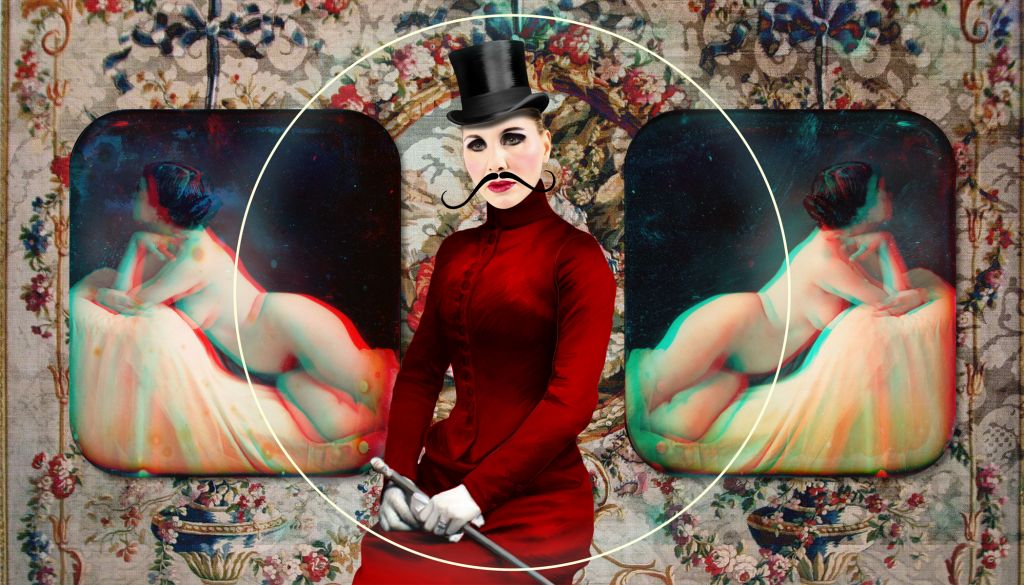
read more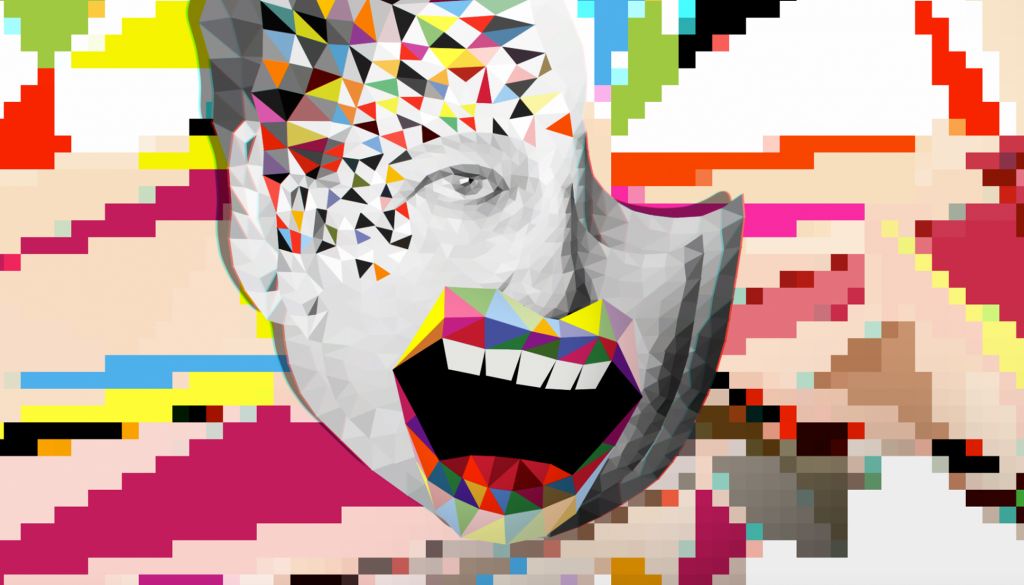
- Opera About Poland43’
Pole, who are you? This film collage that combines archival and contemporary materials, documentary and staged pictures, press reports, social announcements, sale offers and speech excerpts is an attempt to answer this question. Referring to the Polish tradition of a creative documentary in the style of Wojciech Wiszniewski, the film presents various manifestations of Polishness: patriotic and religious rituals, everyday traditions as well as characteristic landscapes or intimate memories from childhood.
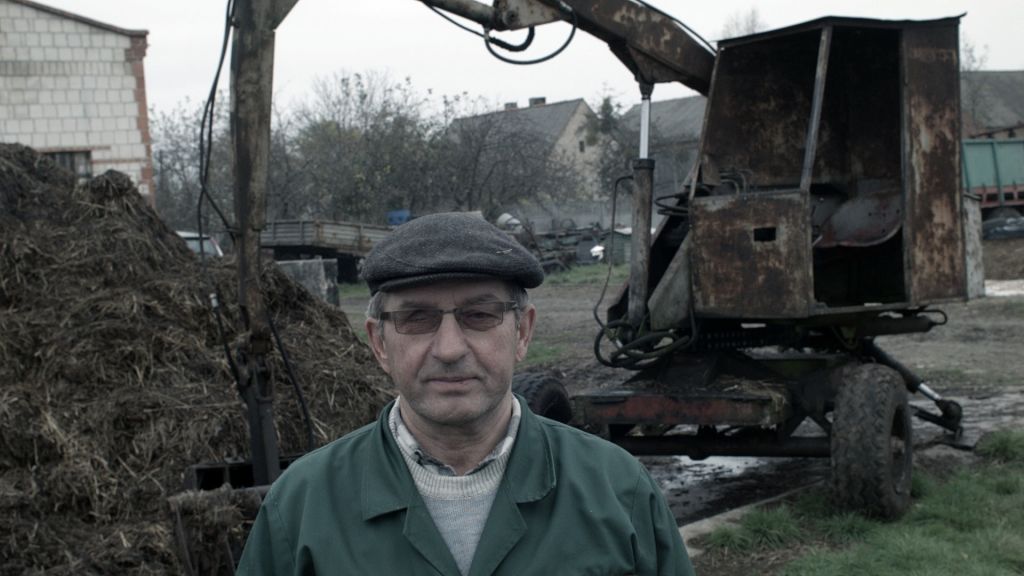

read more
- Snow White19’40’’
What role can culture play, when dead bodies are not burried after death, but being used for other purposes? “Snow White“ examines this question, using Stalinist mausoleums, preparated animals in natural history museums and relics in churches. What form of story telling is being used to hide actions and translate them?
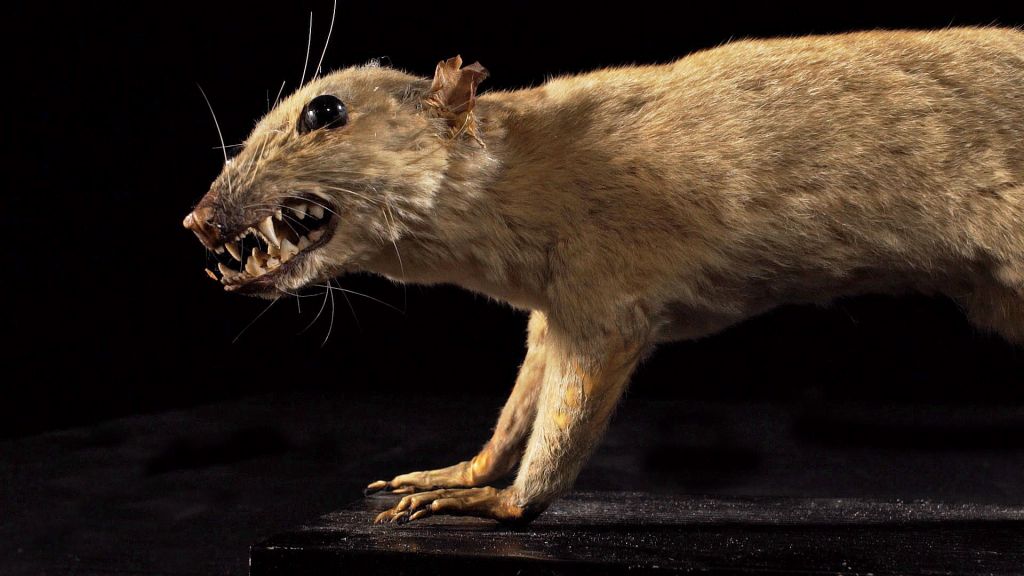
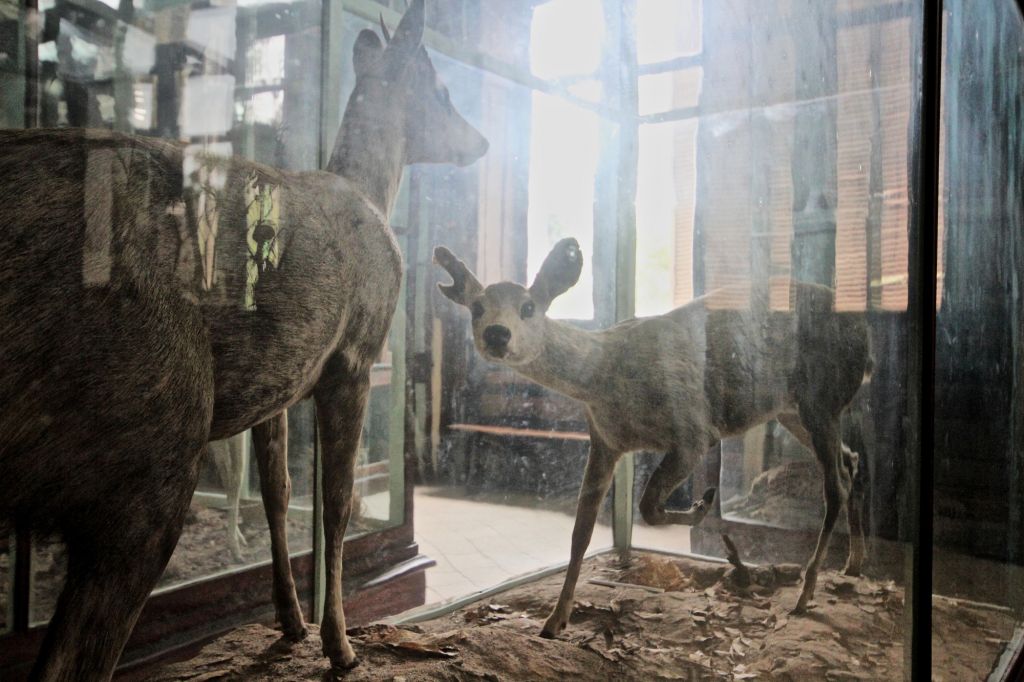
read more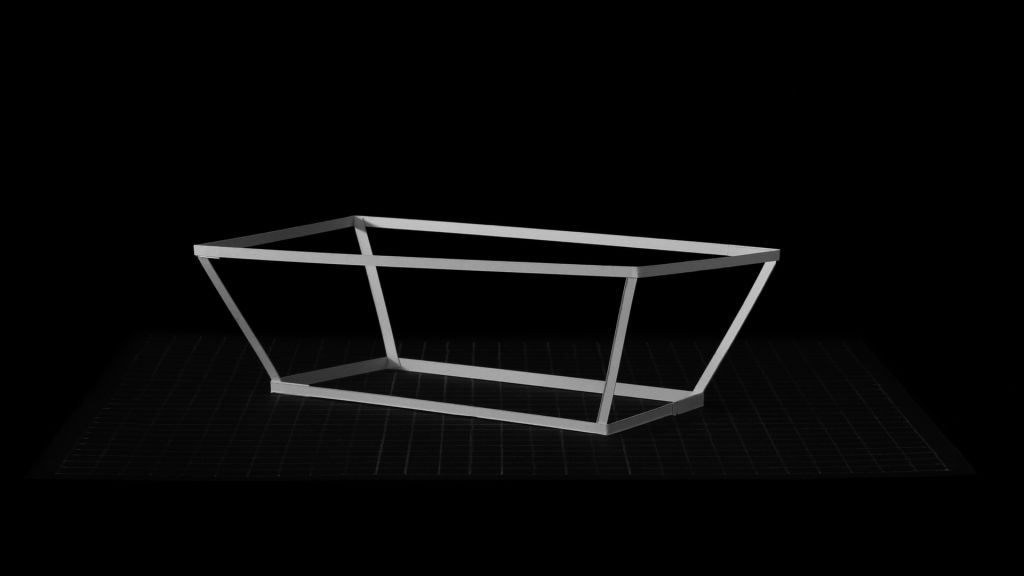
- The Sisters19’16’’
Behind a massive 800-year-old wall, in the oldest enclosed religious orders of women in Poland – the Benedictines in Staniątki by Cracow, 12 sisters live their lives – average age 70. Regardless of their advanced age and the world changing behind the wall, in the crazy speed of the world, every day they try to subjugate their lives to the formula invented over 10 centuries ago: „ORA et LABORA.” Our protagonists – sisters Anuncjata and Benedykta (40 years in the nunnery) with great charm introduce us to the world behind the wall, they talk about their lives and the decisions they made. They show us the enclosed world with all its shades, completely rid of stereotypes, often touching and funny at the same time. This is a film about silence, with the story told in full voice.
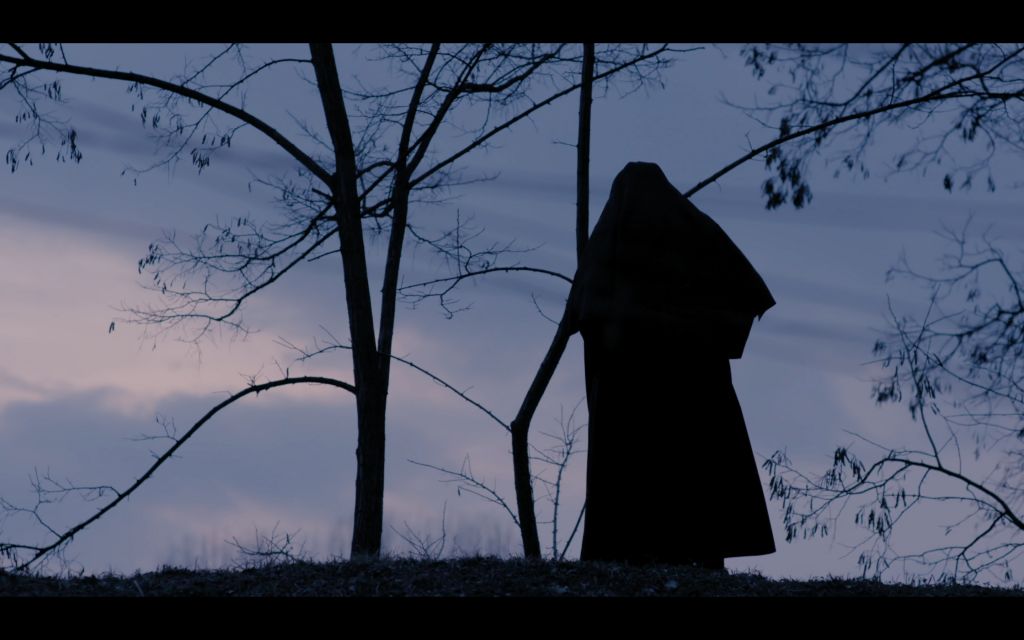
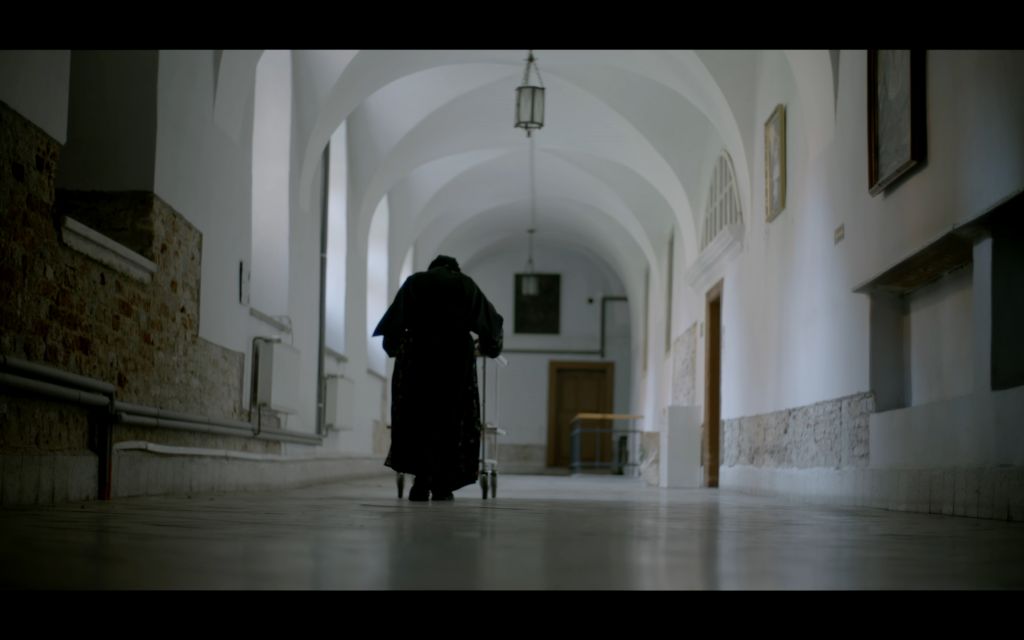
read more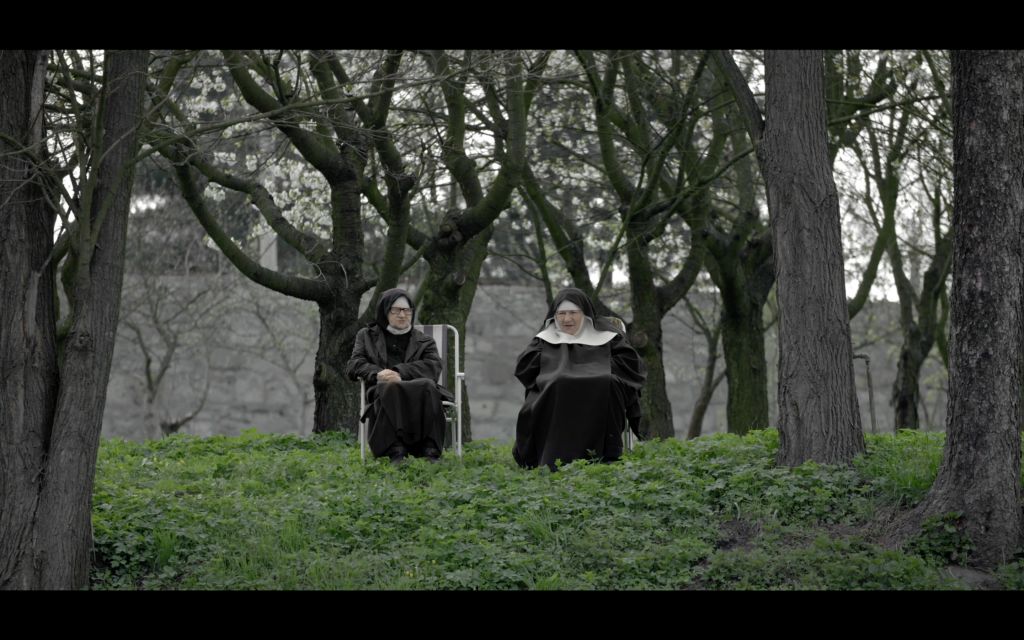
- Sound of Vladivostok6’
The entire Russian city on the Pacific Ocean coast, Vladivostok - the “Dominant of the East,” is used as a “scene,” in more than 80 sights, with 350 musicians involved in the city's distinctive sounds - ships, cannons, Siberian tiger, underground sea currents.
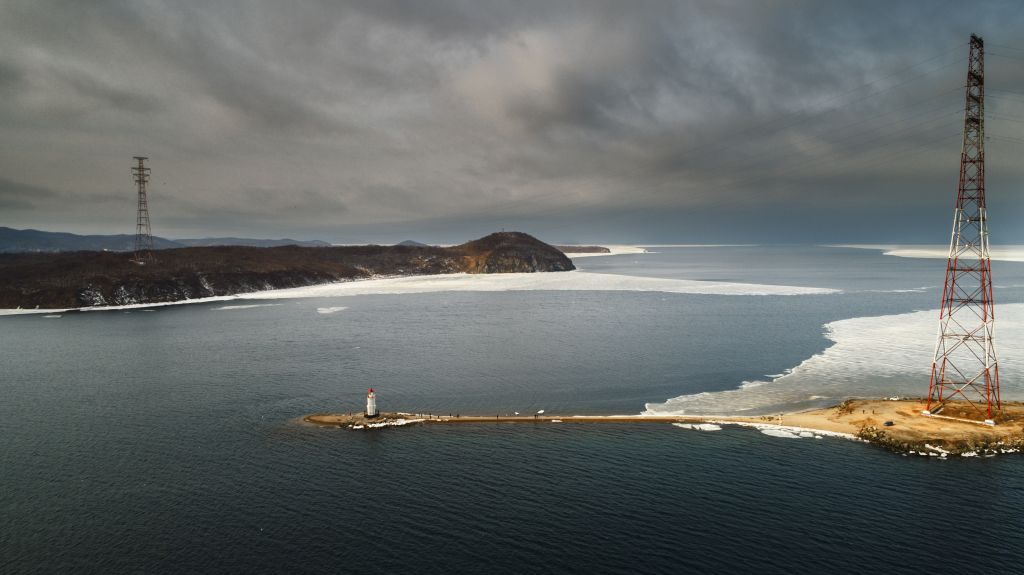
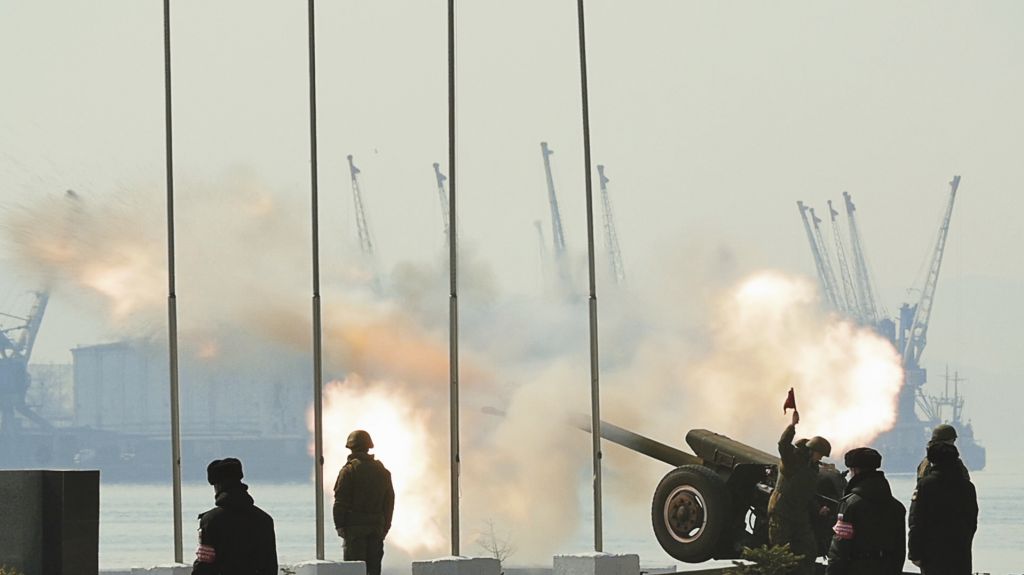
read more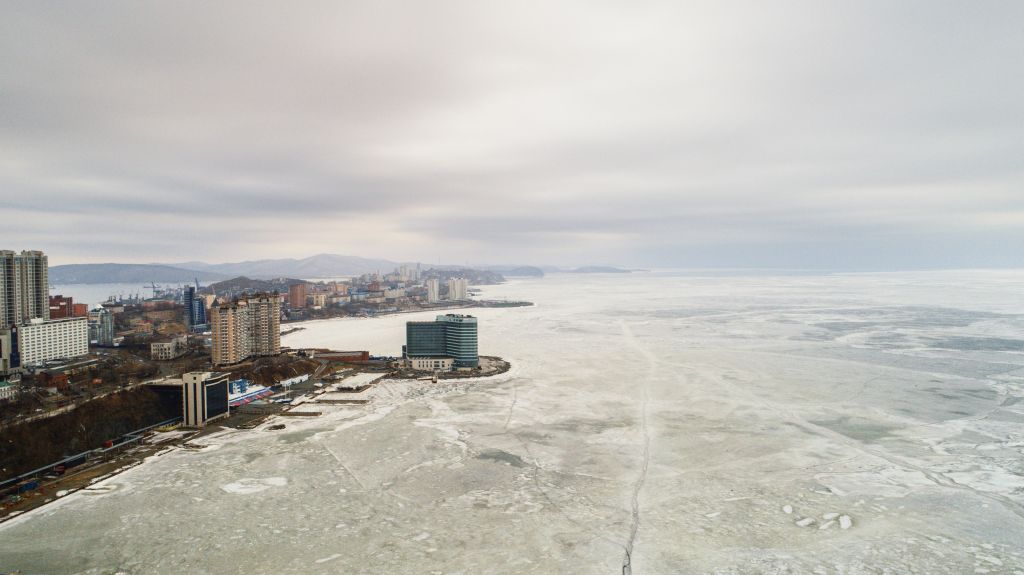
- All that grows11’
An 11 year old girl in Changsha, China, prepares to be an Olympic champion. Her thorough understanding of training and daily life shows us both sides of a childhood dedicated to the nation.
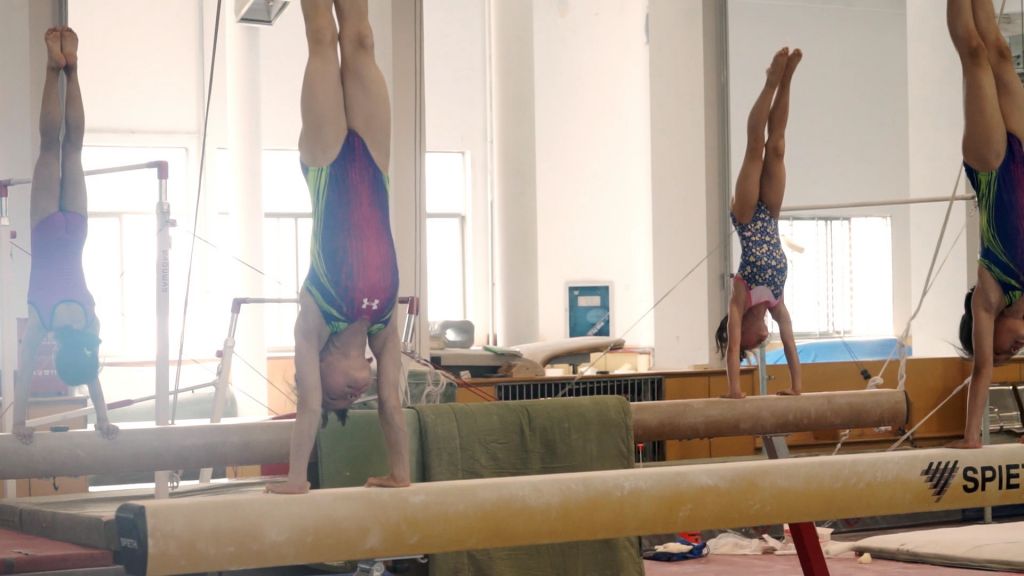

read more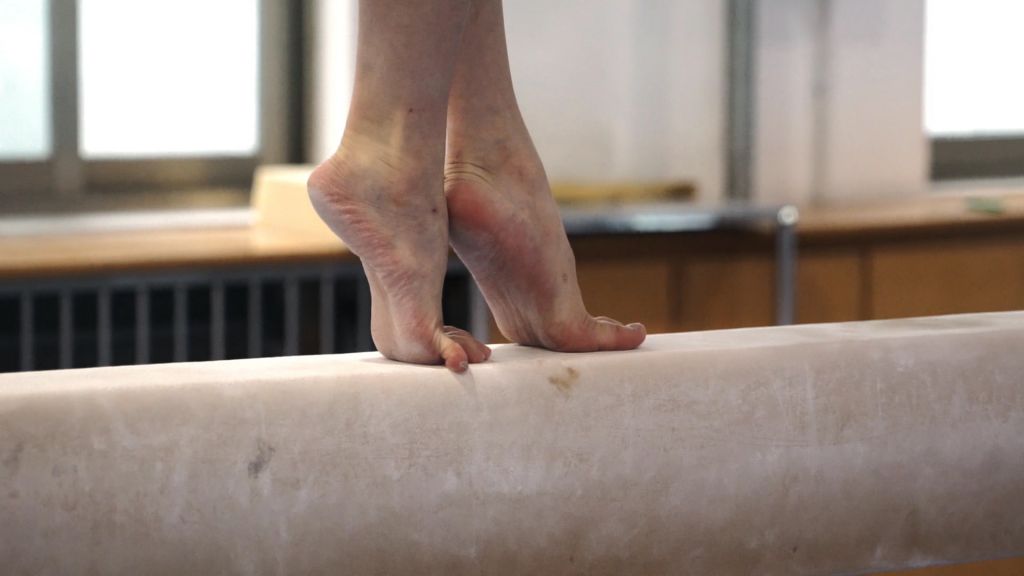
- SYNAPTé7’41’’
SYNAPTé is a part of the project TRAGEN.HZ, an oratorio “erasure” for projected environment composed of voices collected at the camp of Calais. Bitter, a voice: dismantling of vocal articulations, dismantling of the communities living in the camp. Groans of the oracle, a lamentation in search of consolation, primal voice altered, voice of the verdict that strikes through and reveals and reconstitutes these images, as a testimony of this long history of migration and war.
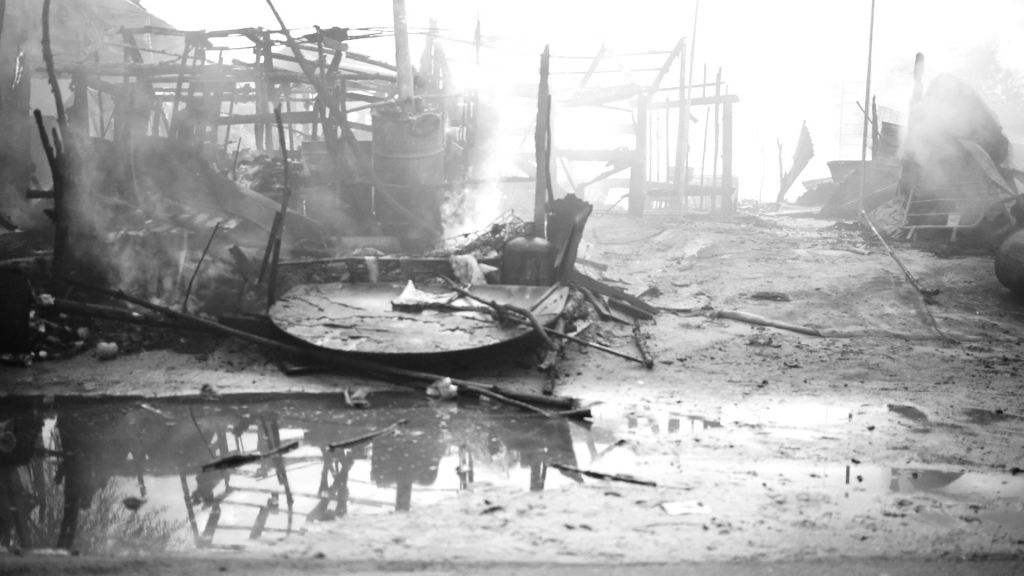

read more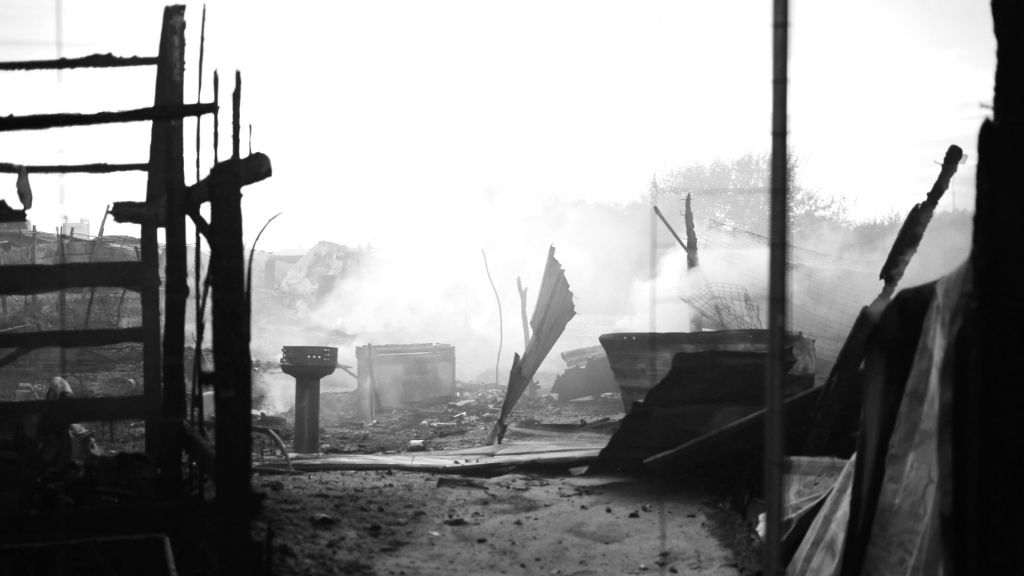
- Taking Stock5’
Using his failed attempts at creating profitable stock footage, a filmmaker reflects on the absurd, mundane and funny side of being trapped inside your own head as an out of work, self-employed freelancer.
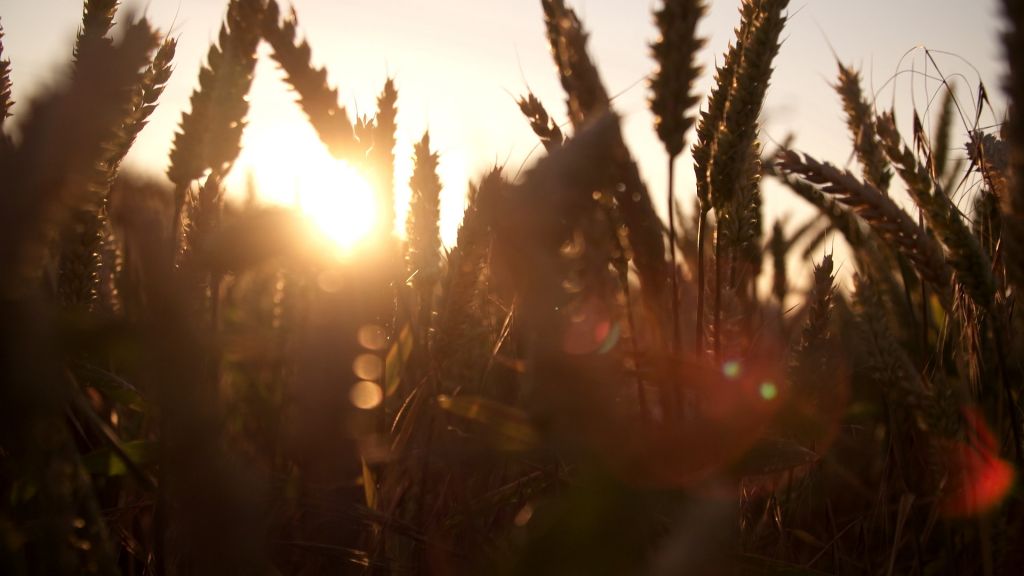
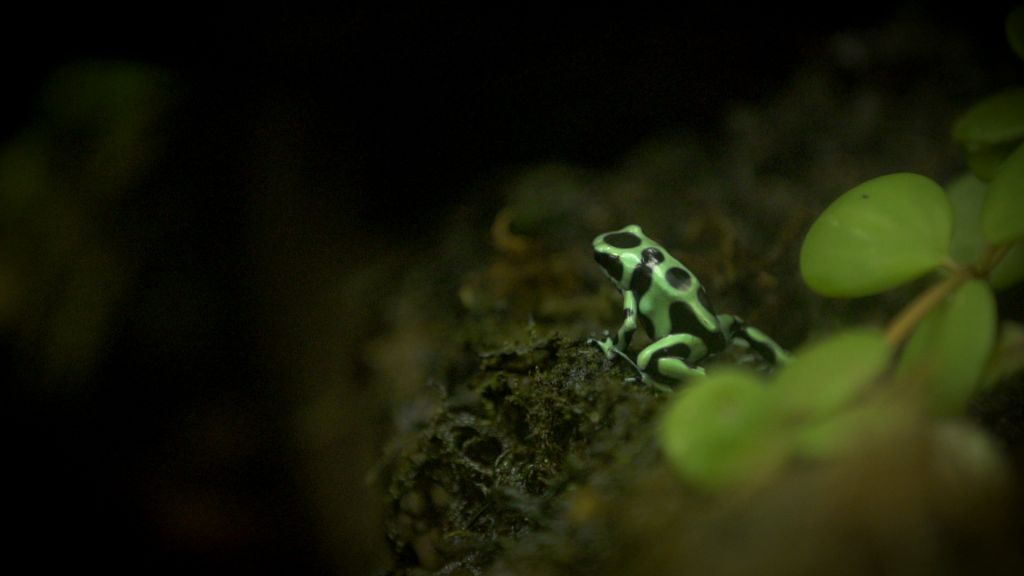
read more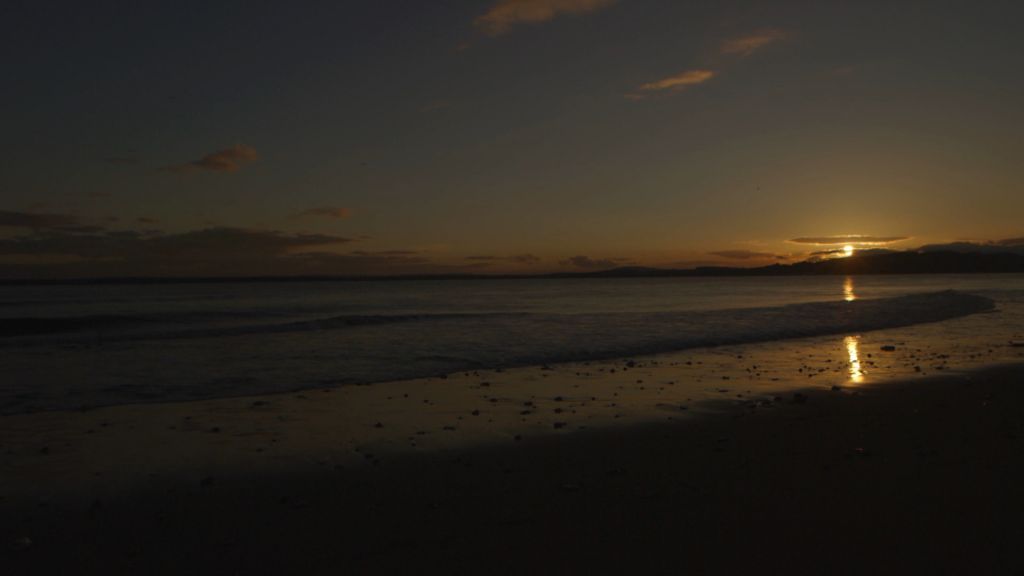
- The prisoner / Więzień40'
POL, GBR 1990, 40'
A documentary impression on Jurek Orłowski – a draughtsman-amateur with no hands. We are observing him in his prison cell, doing time for theft, and after he gets out of prison. For him, each and every little everyday activity is a fight for fitness and dignity.
Source: filmpolski.pl
read more - The Space Behind a Window27’50’’
Thinking about the meaning of filming something inside the context of existence. What does it mean to love someone or something. How do we hold on to it forever and ever. An explosion of nostalgia. Using family archives and own archives to try to understand patterns and reasons for filming.
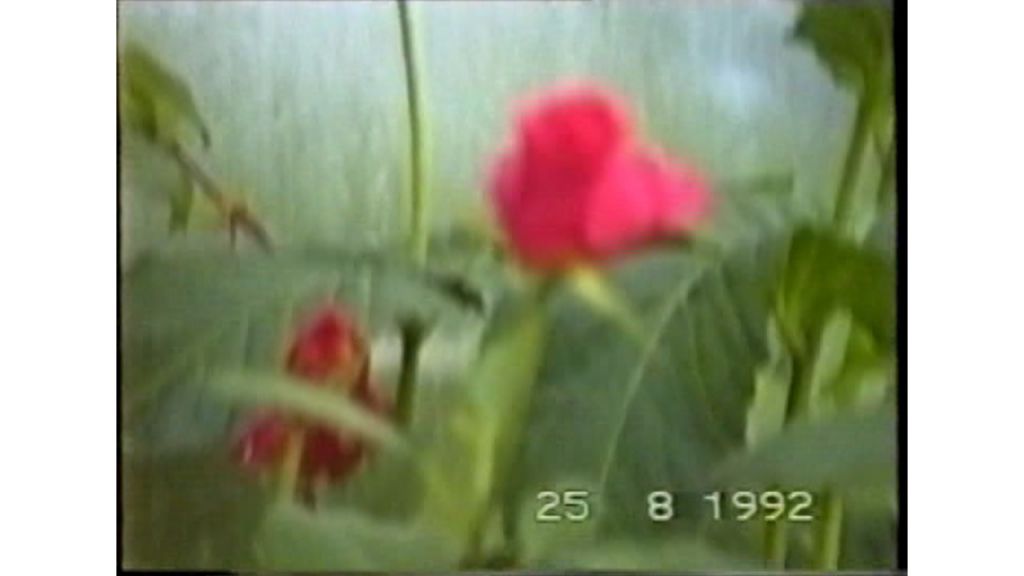
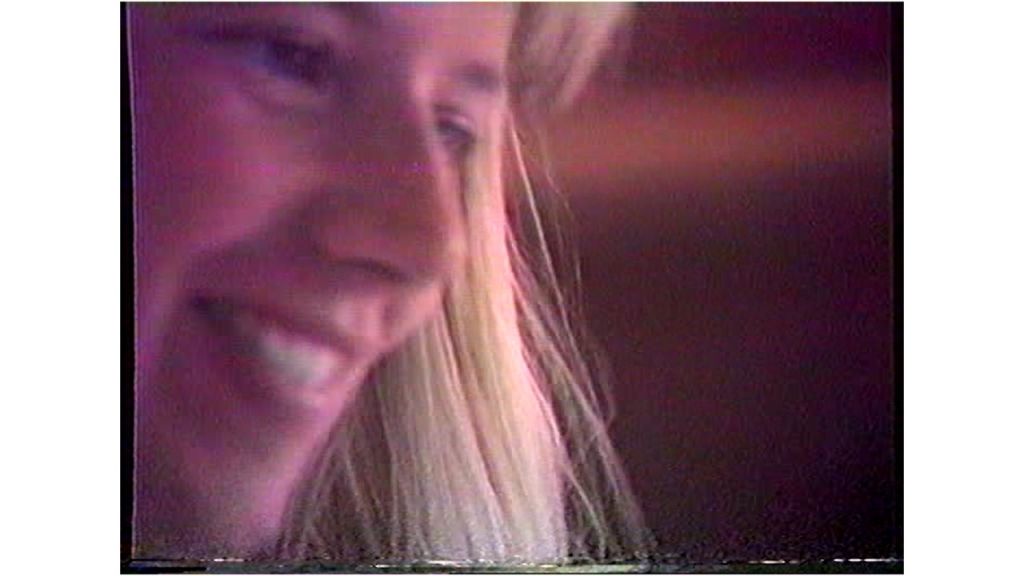
read more
- You have complete freedom to project14’
The intense friendship between Nestor Basterretxea and Jorge Oteiza brings them to Irún, Gipuzkoa. There, they buy a small piece of land on the outskirts of the city with the idea of designing and building their workshop house.
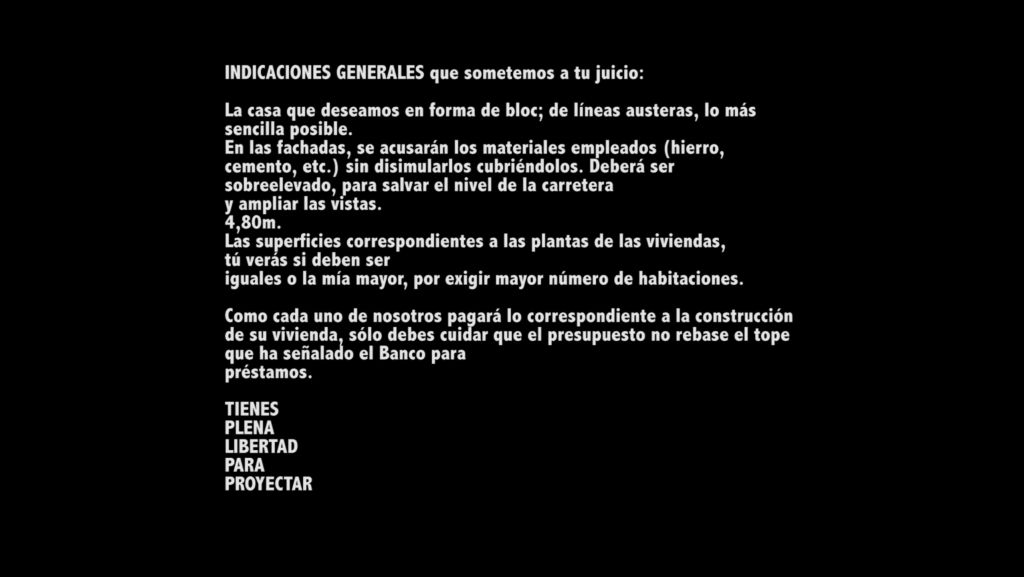
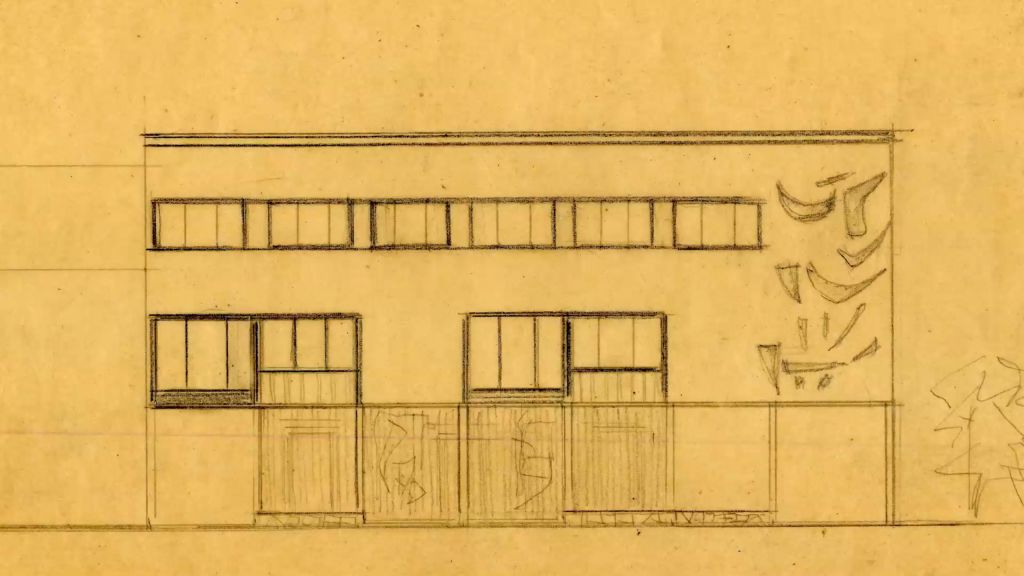
read more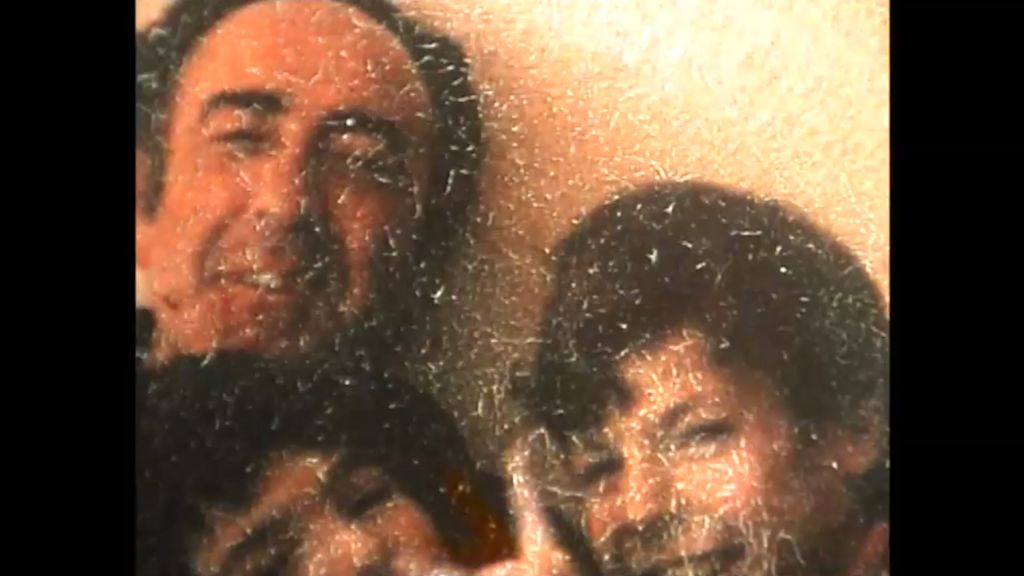
- Young & Beautiful72’
“Young & Beautiful” is the polyhedric portrait of a generation accused of not wanting to grow-up; a generation which has been cornered to accept a hopeless world and a country in crisis, in which it has been announced that the one way to survive is to abandon dreams.

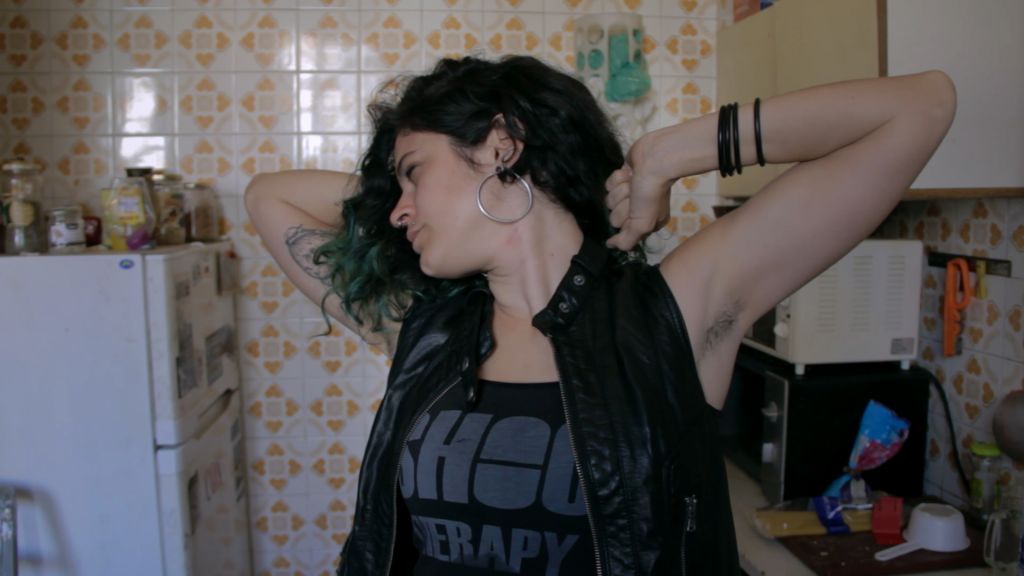
read more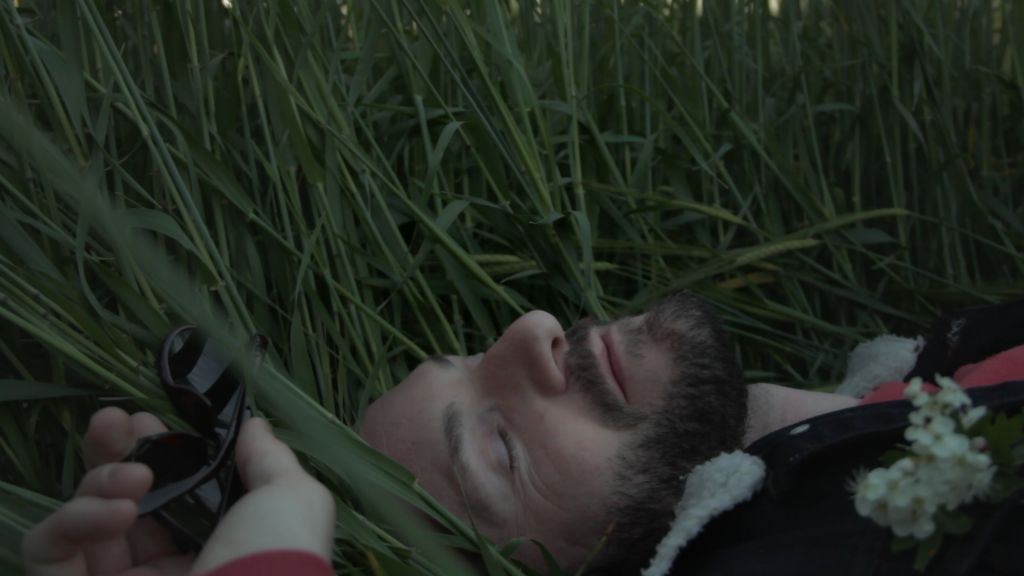
- Absent wound10’
The rituals of Persian warrior training seen in combination with the recitations of a young girl coming to terms with her impending womanhood. (The film is shot and performed by a female in two locations in Iran where women's presence is prohibited: House of strength and a public men's bath.)
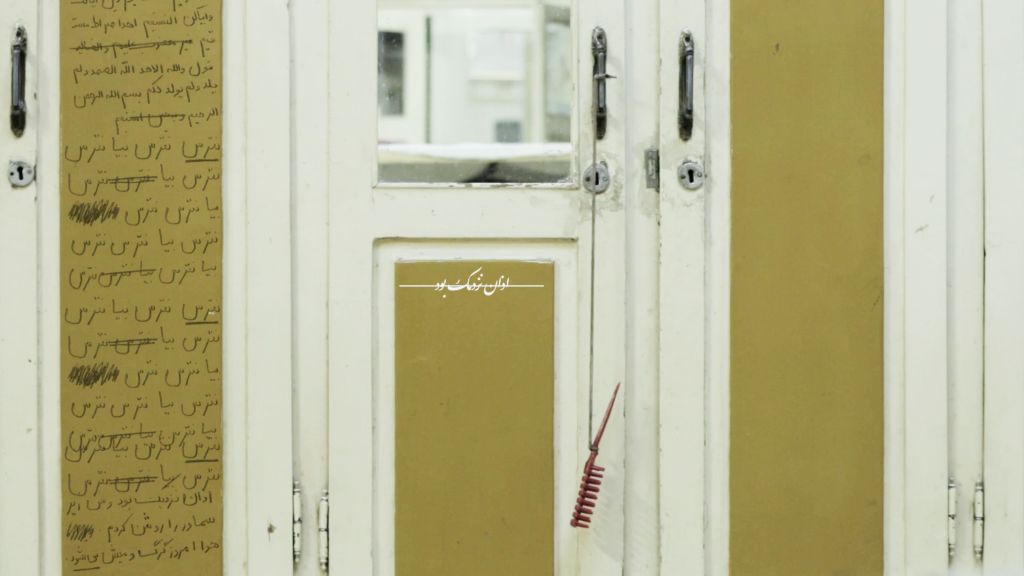
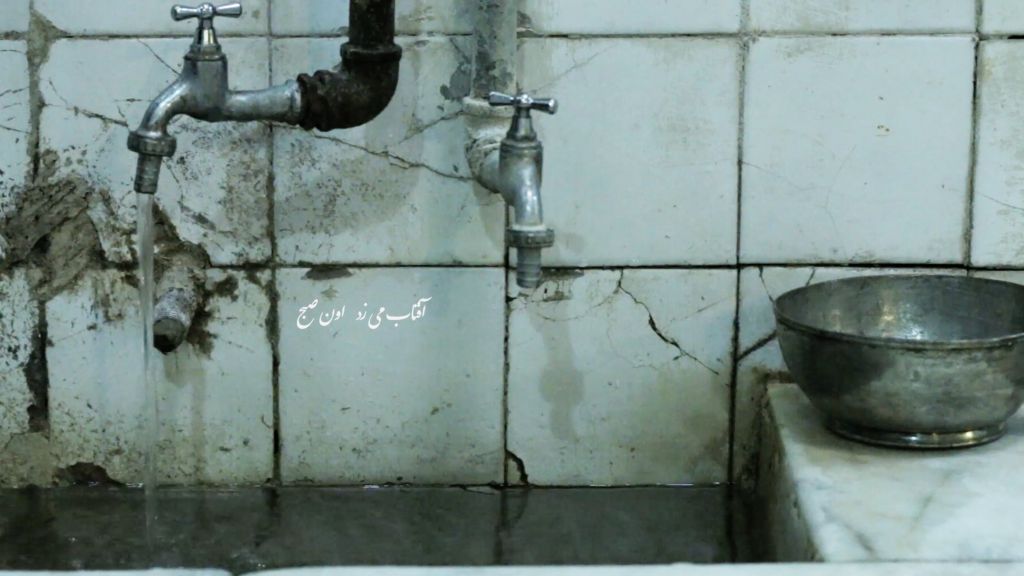
read more